Nestled within undulating sand dunes and surrounded by quintessential Australian flora and bush, artist Lisa Roet finds her peace. In the small community of Rye lying along Victoria’s Mornington Peninsula an hours drive from Melbourne, one can take a short walk to rugged open ocean and a seemingly endless deserted beach. One of Lisa’s pastimes when not focusing on her artistic practice is exploring the countless rock pools and snorkeling in the warmer months. Dividing her time between Melbourne and Rye she often utilizes this quiet time to draw in a small light filled area reserved for making work. Whistling in the wind to the soundtrack of the crashing of waves, this rustic interior is made from a combination of recycled steel and wood, providing the perfect atmosphere for a robust structure withstanding the elements of nature.
However, life was not always so serene. After finishing school Lisa moved to Berlin in 1988 and got swept up in the energy of the city after the fall of the wall. Surviving freezing winters without heating and looking for warmth, she began visiting the Berlin zoos and soon became captivated by the chimpanzee and ape enclosures. This time would prove pivotal for her development as an artist. Today she has travelled the world on a range of scientific primate research trips that have seen her hike through the forests of Borneo, resulting in a highly collectable iconic oeuvre that investigate questions concerning human existence. We spend an afternoon with Lisa while she recounts fascinating stories of going to techno parties in abandoned buildings in Berlin, her recent travels to Asia and her impressive collection of masks acquired from various travels.
This portrait is part of our ongoing collaboration with ZEIT Online who present a special curation of our pictures on their site.
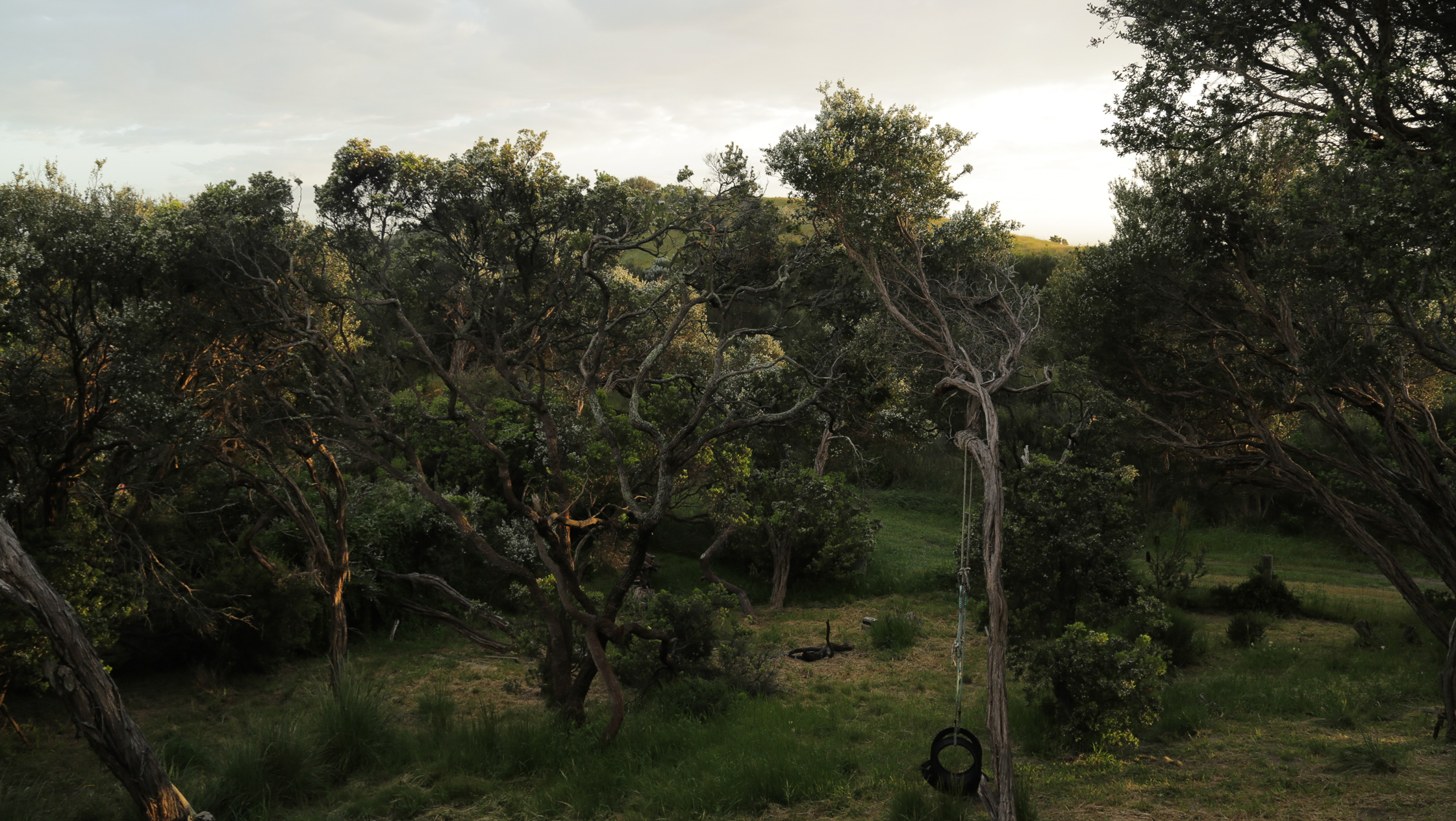
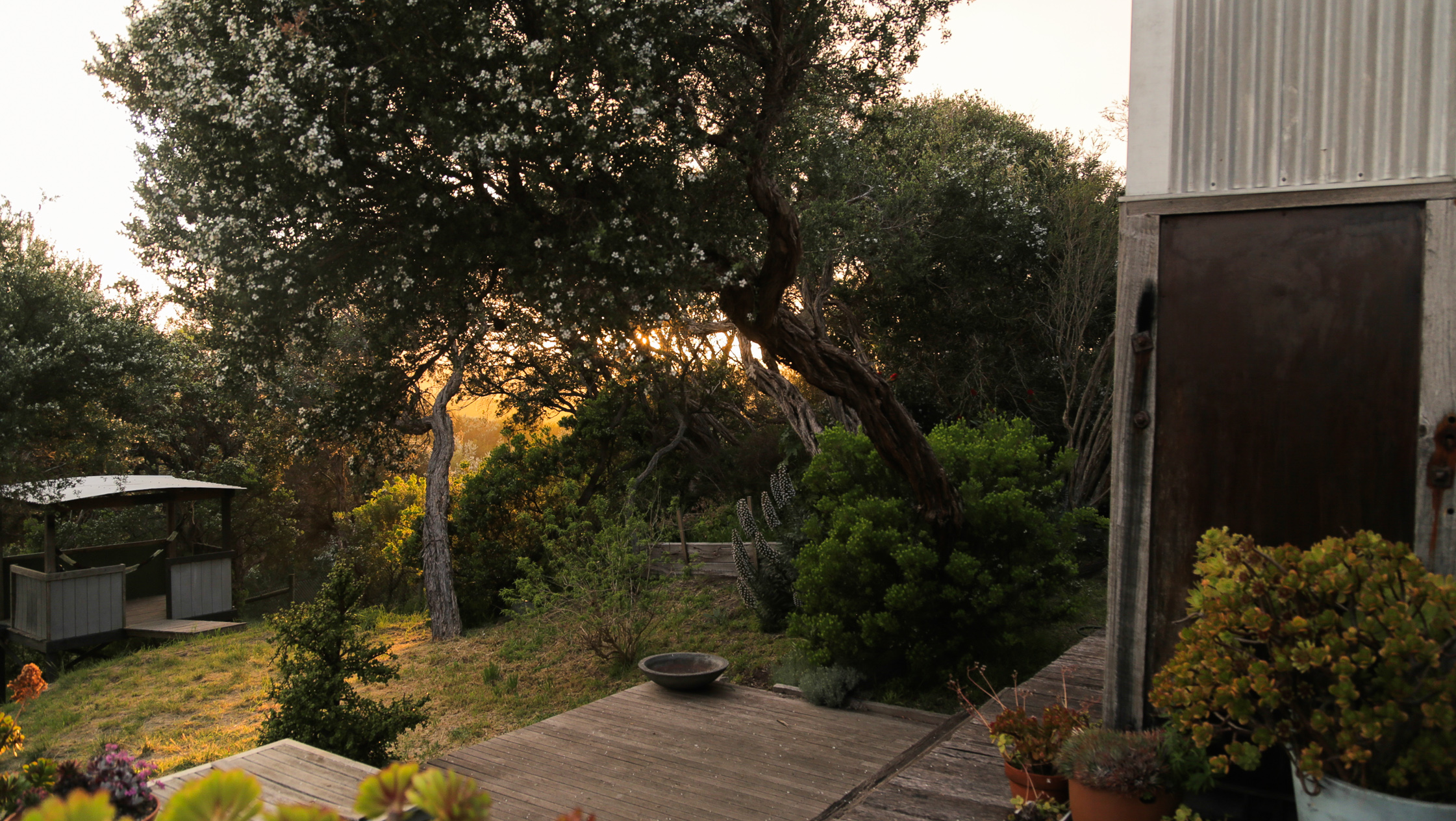
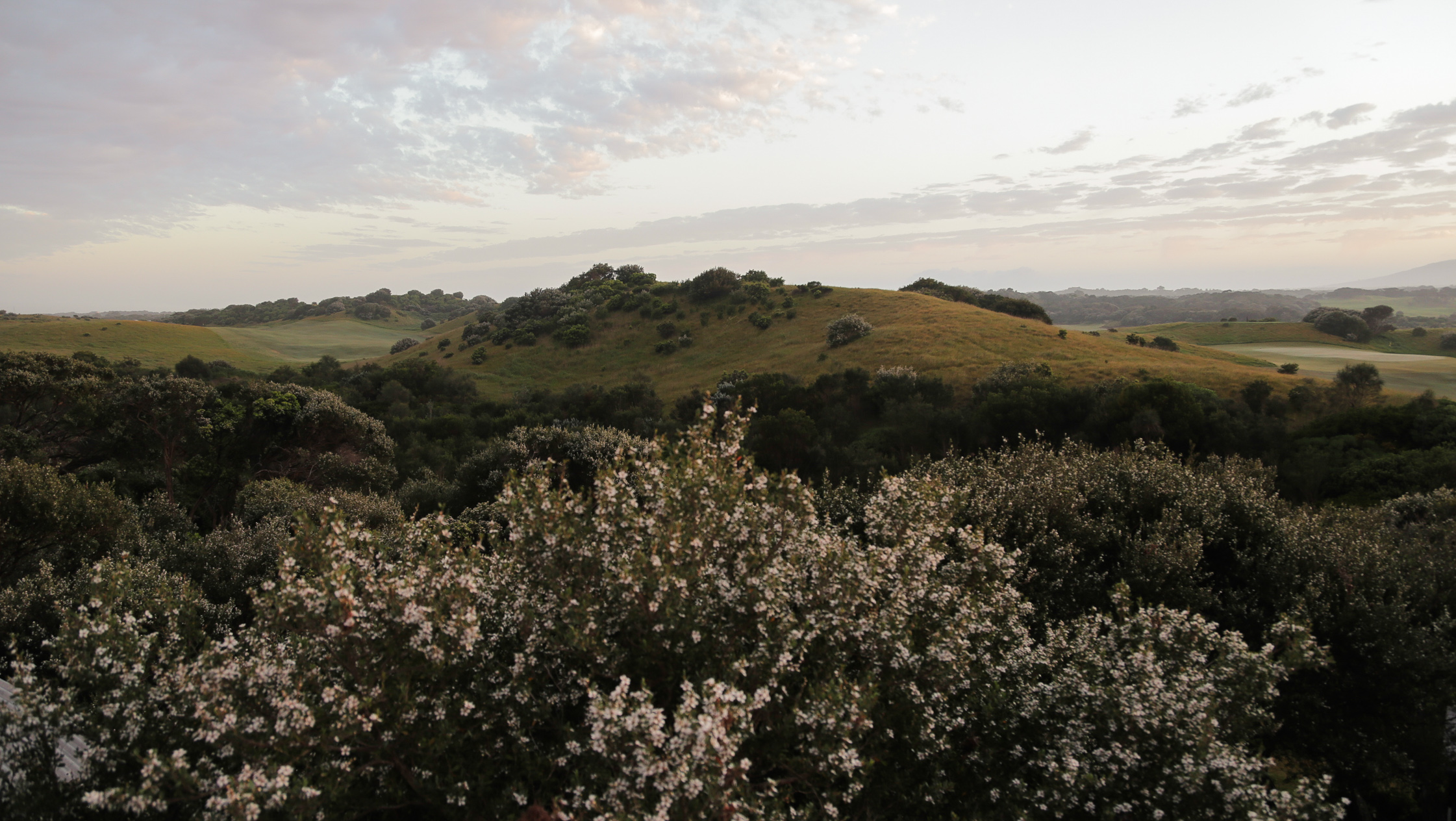
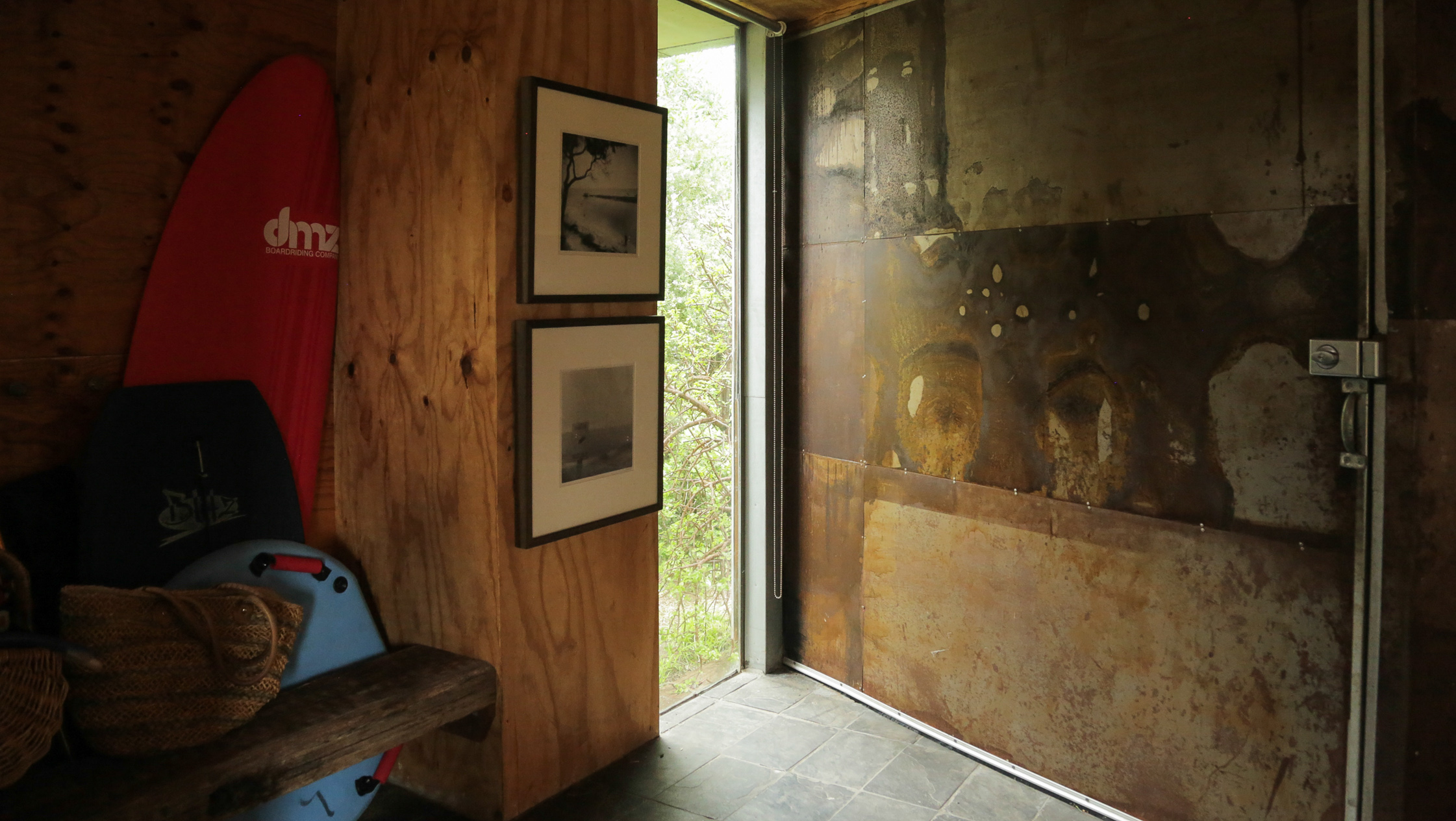
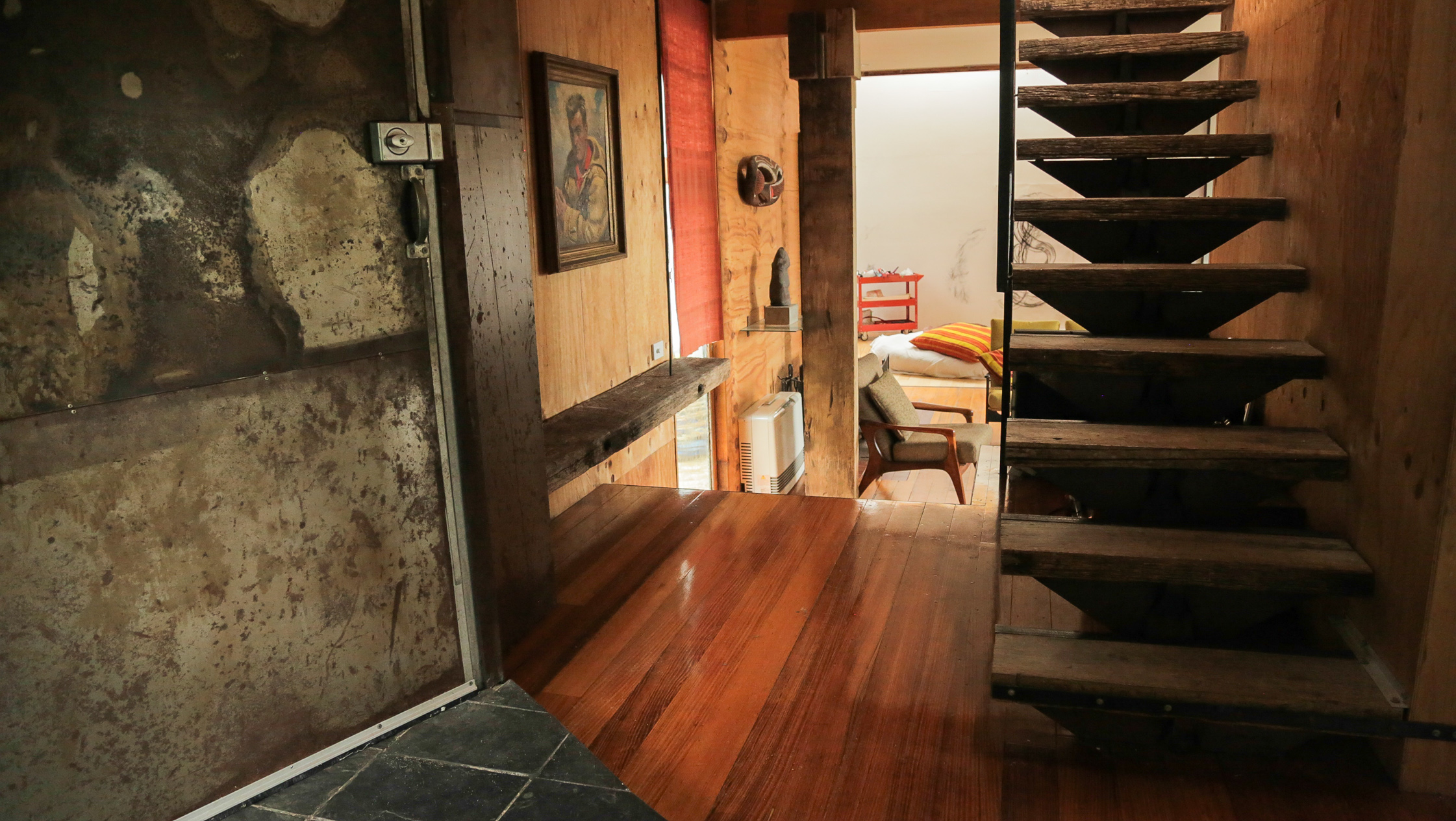
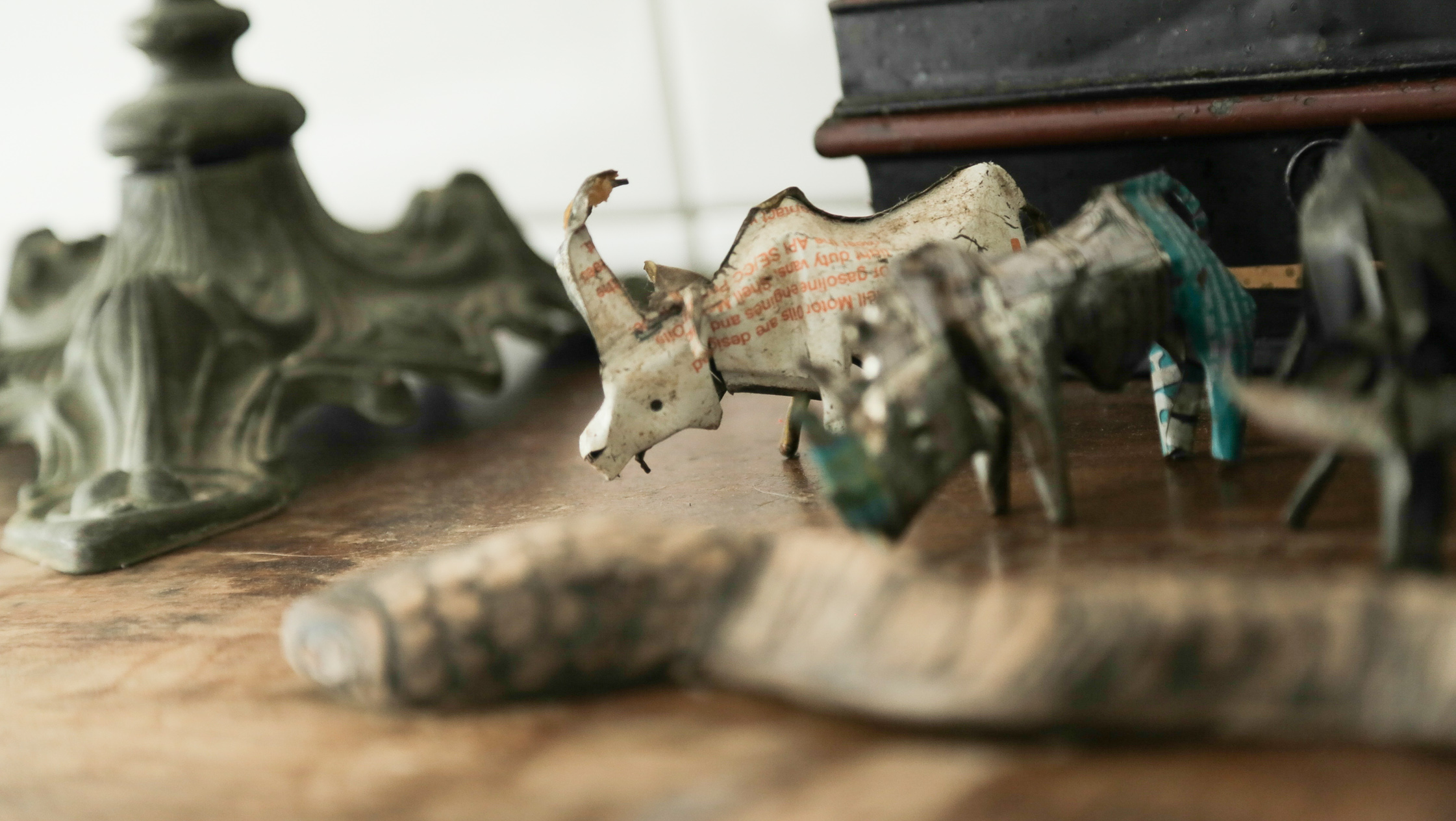
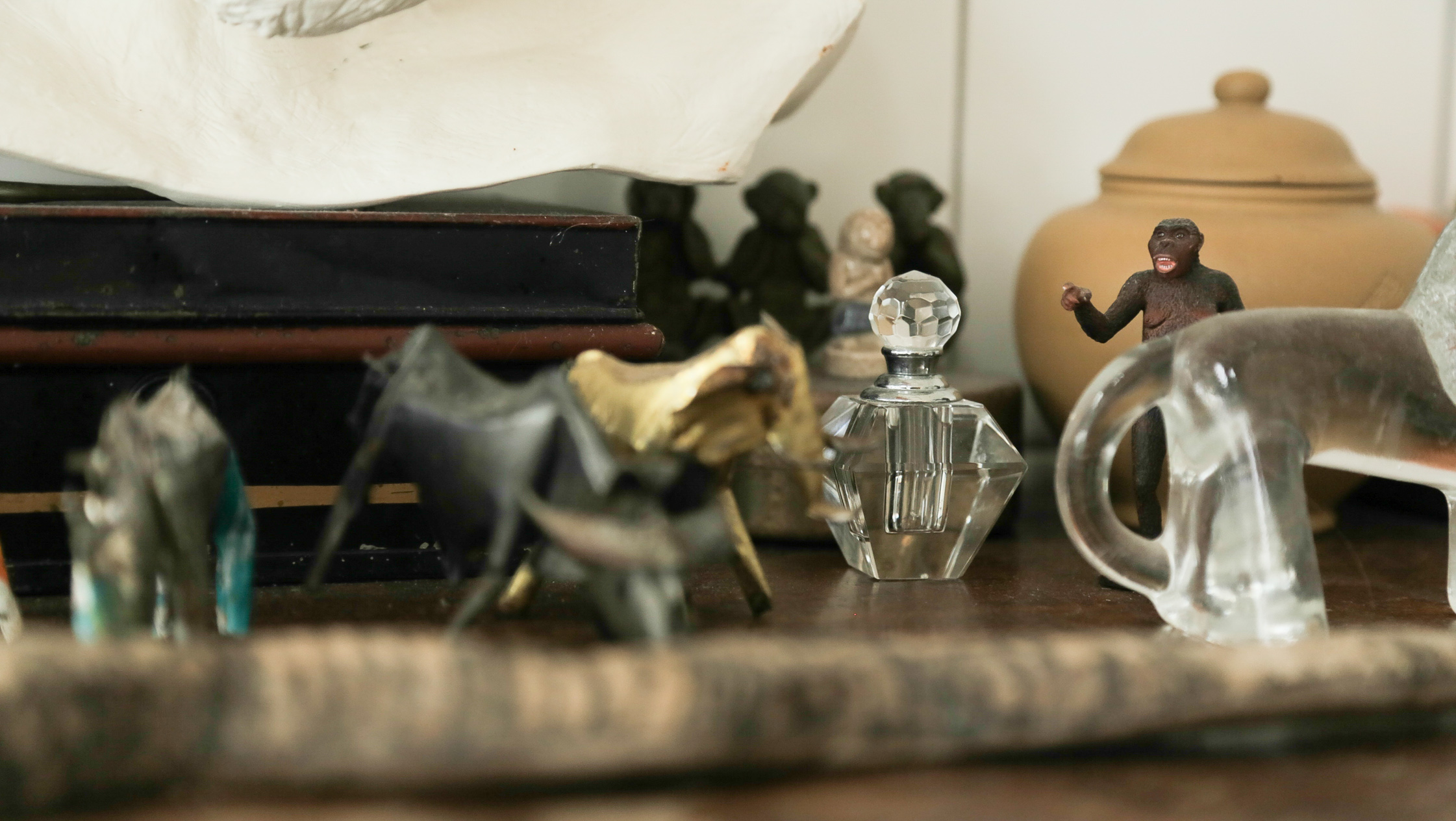
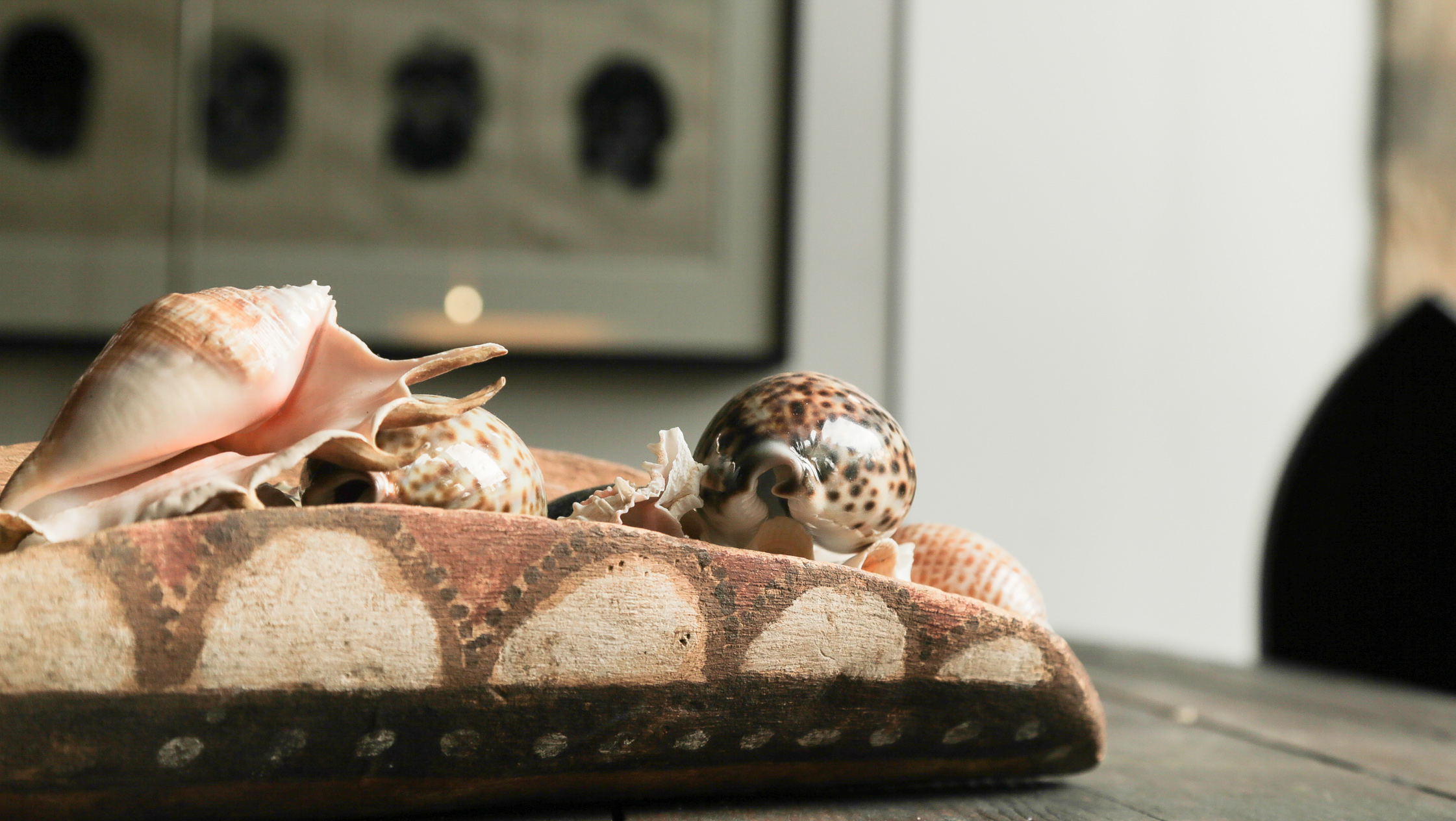
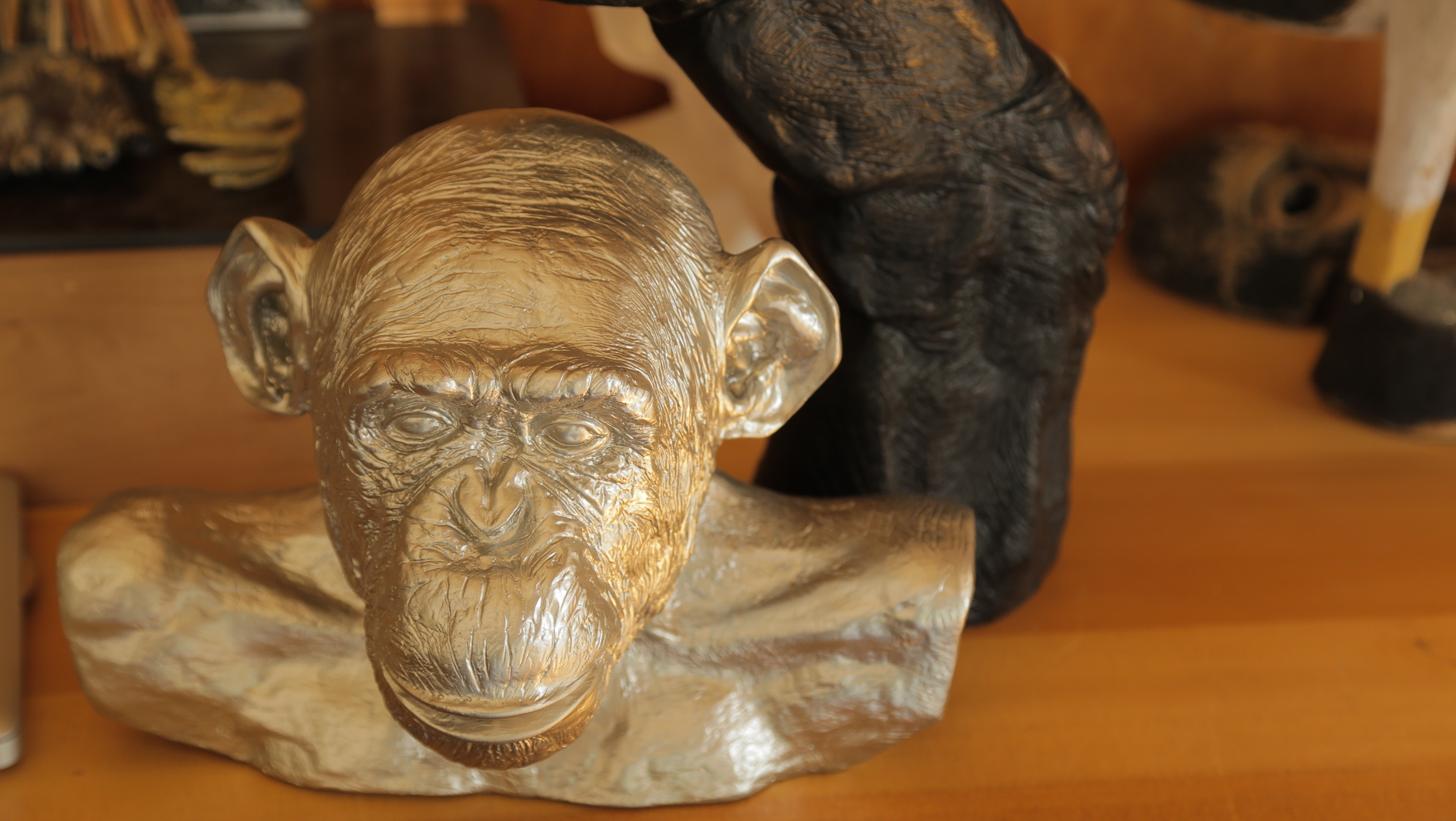
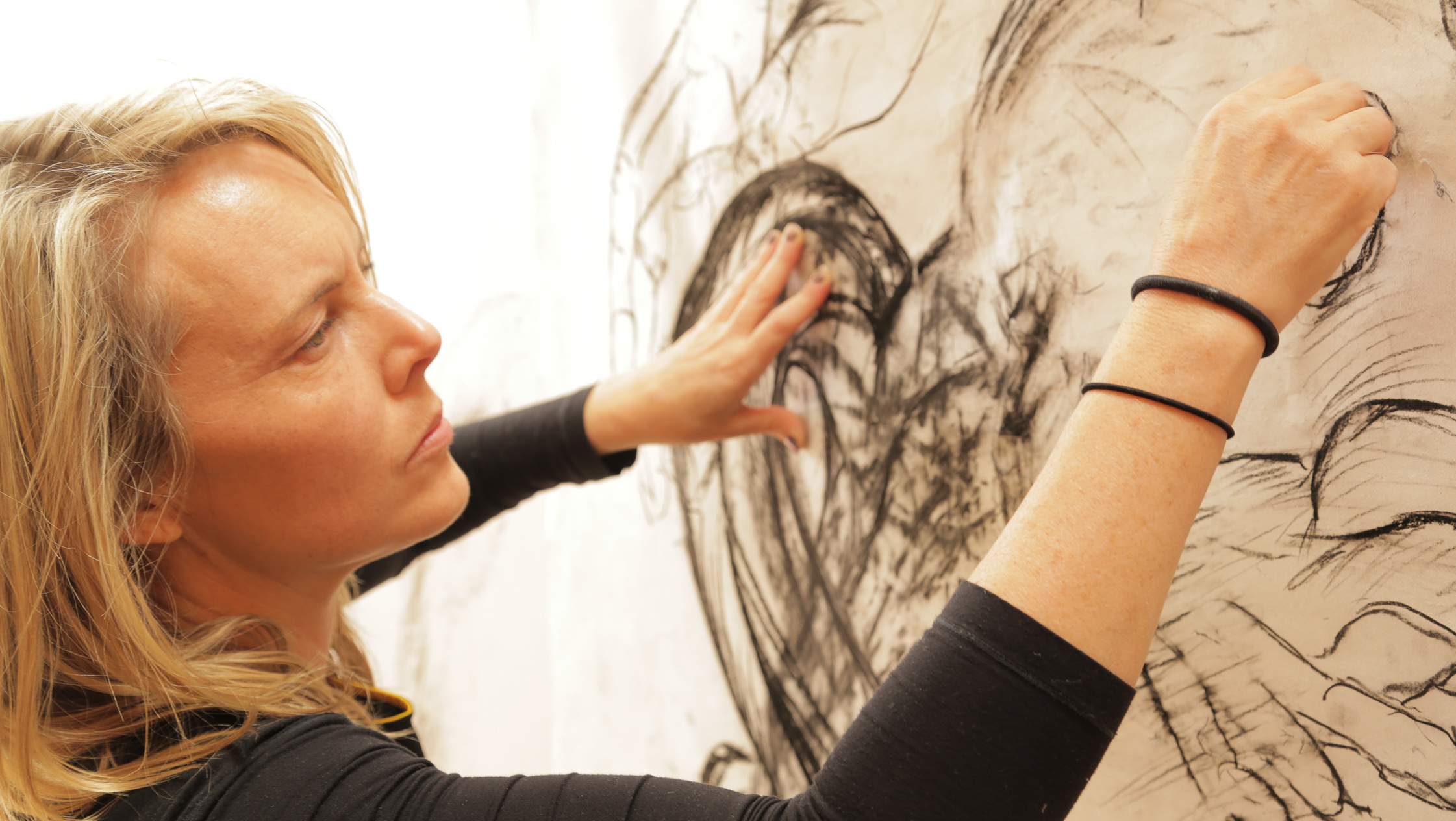
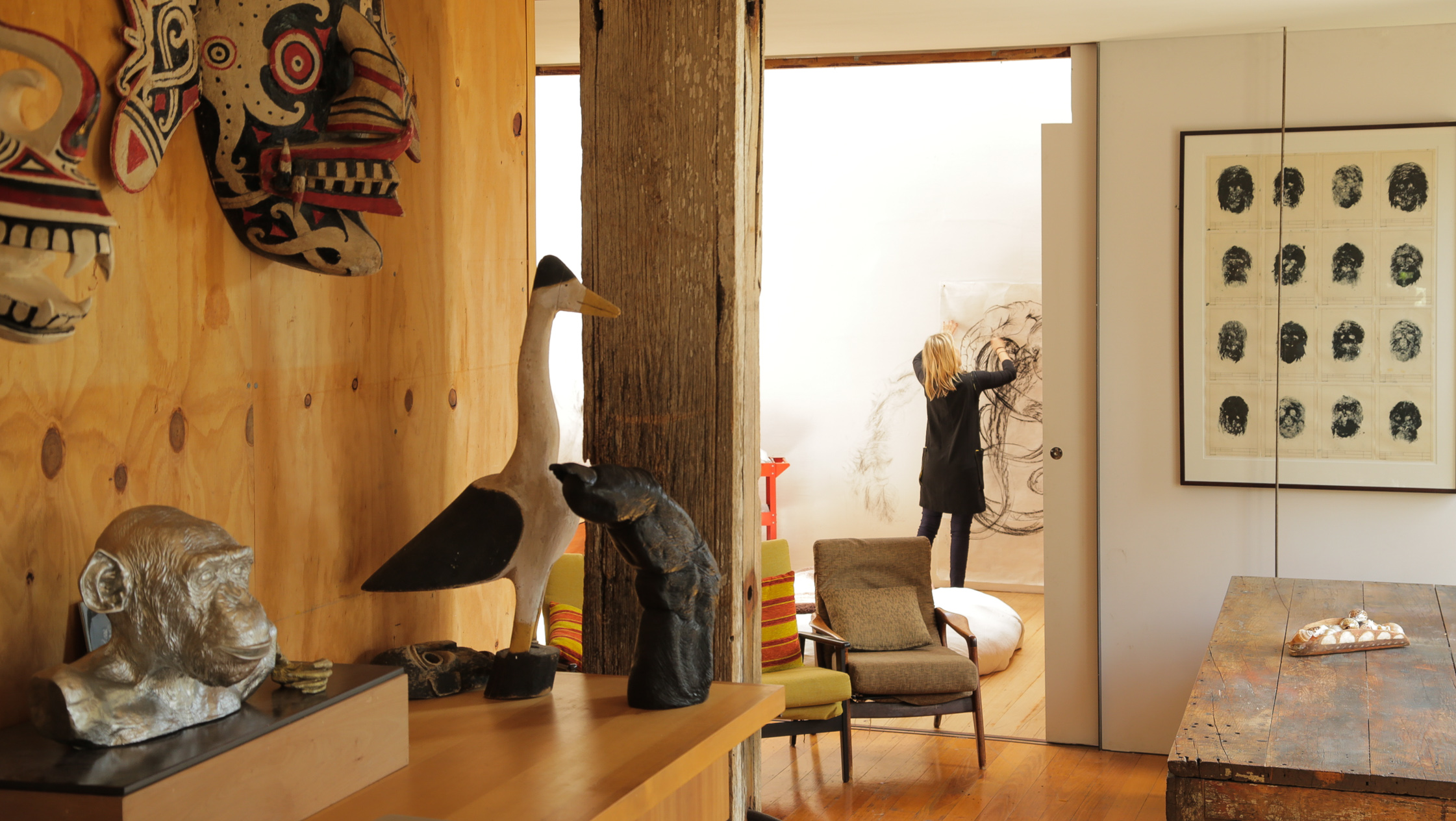
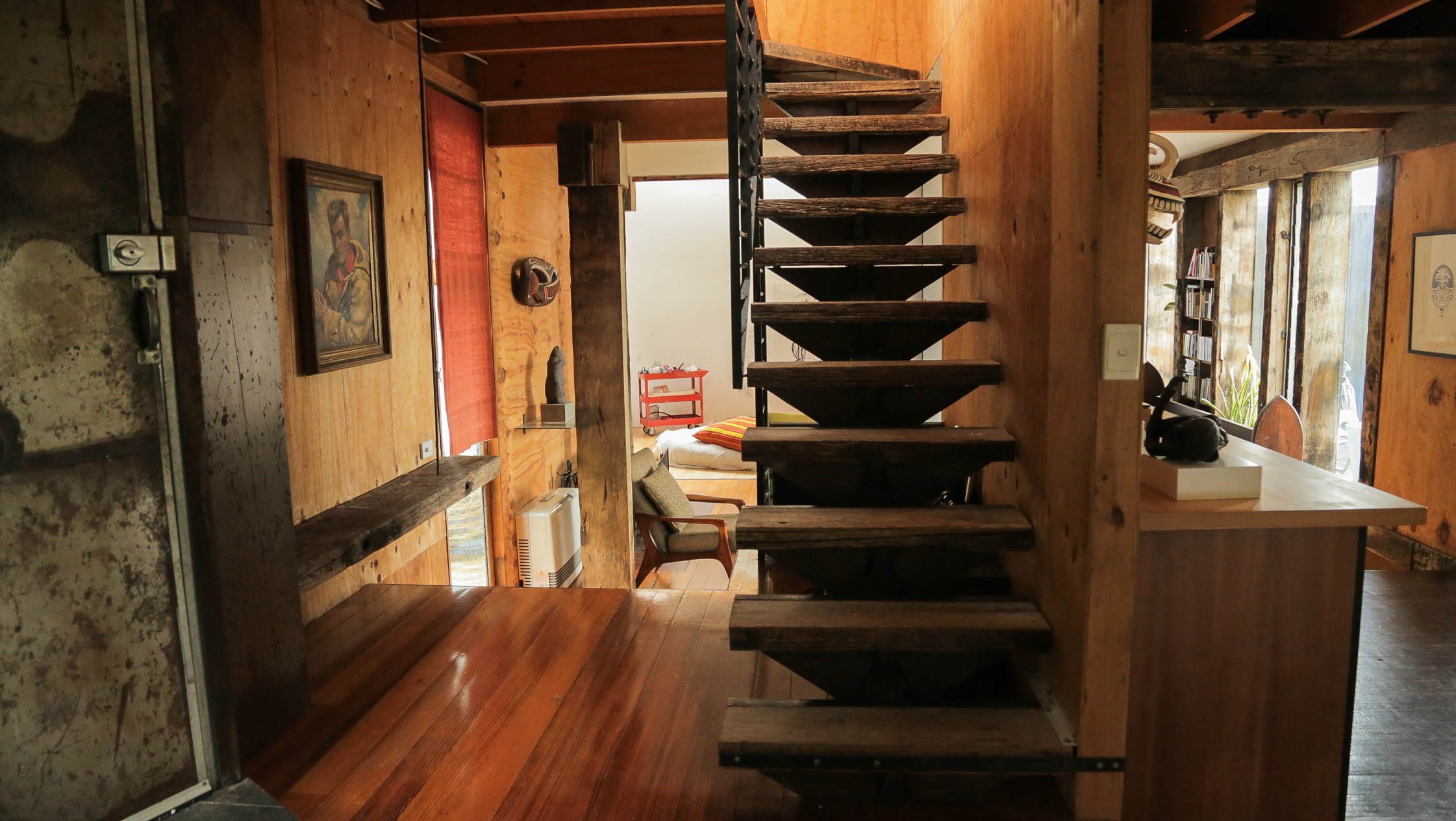
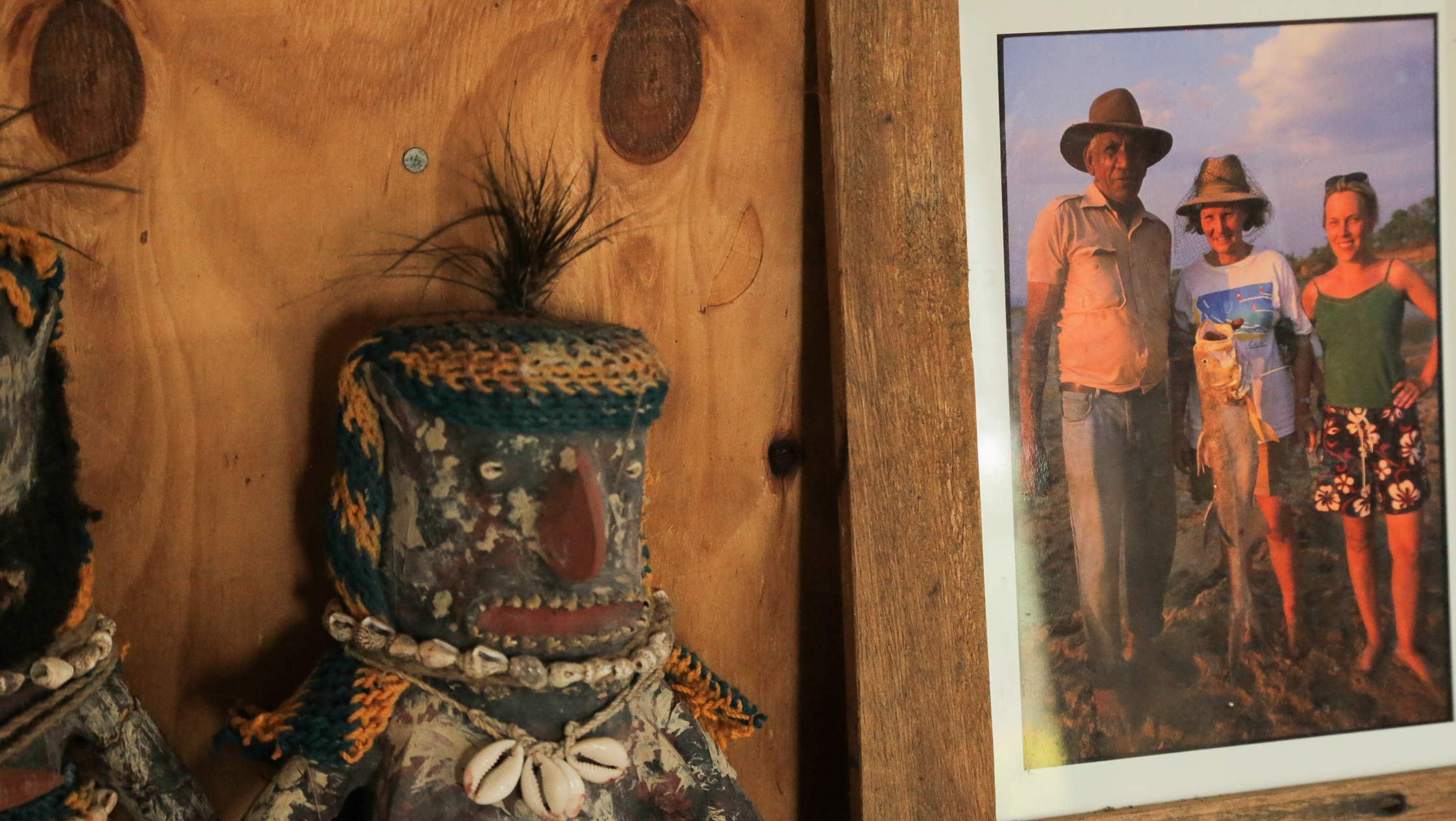
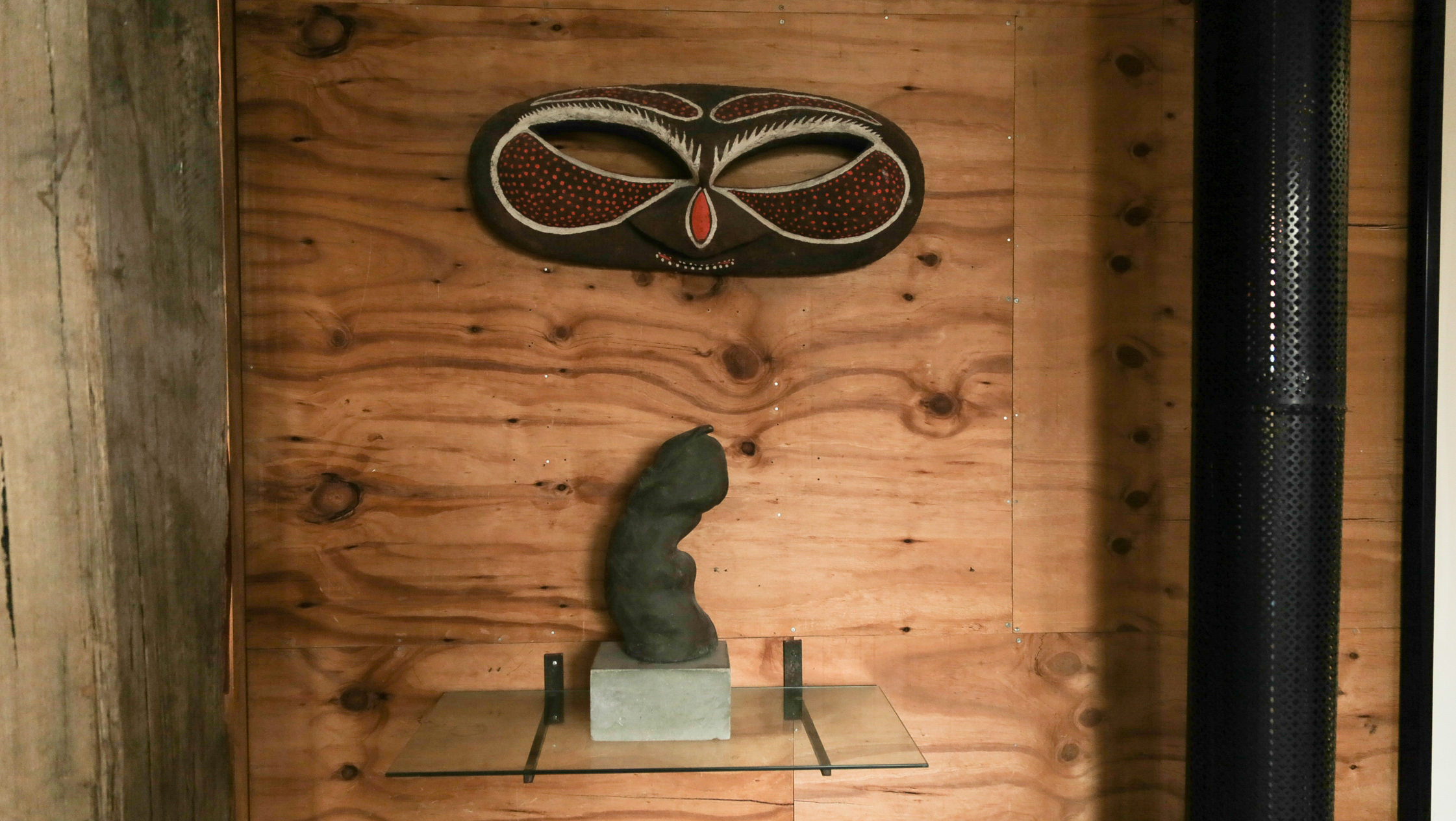
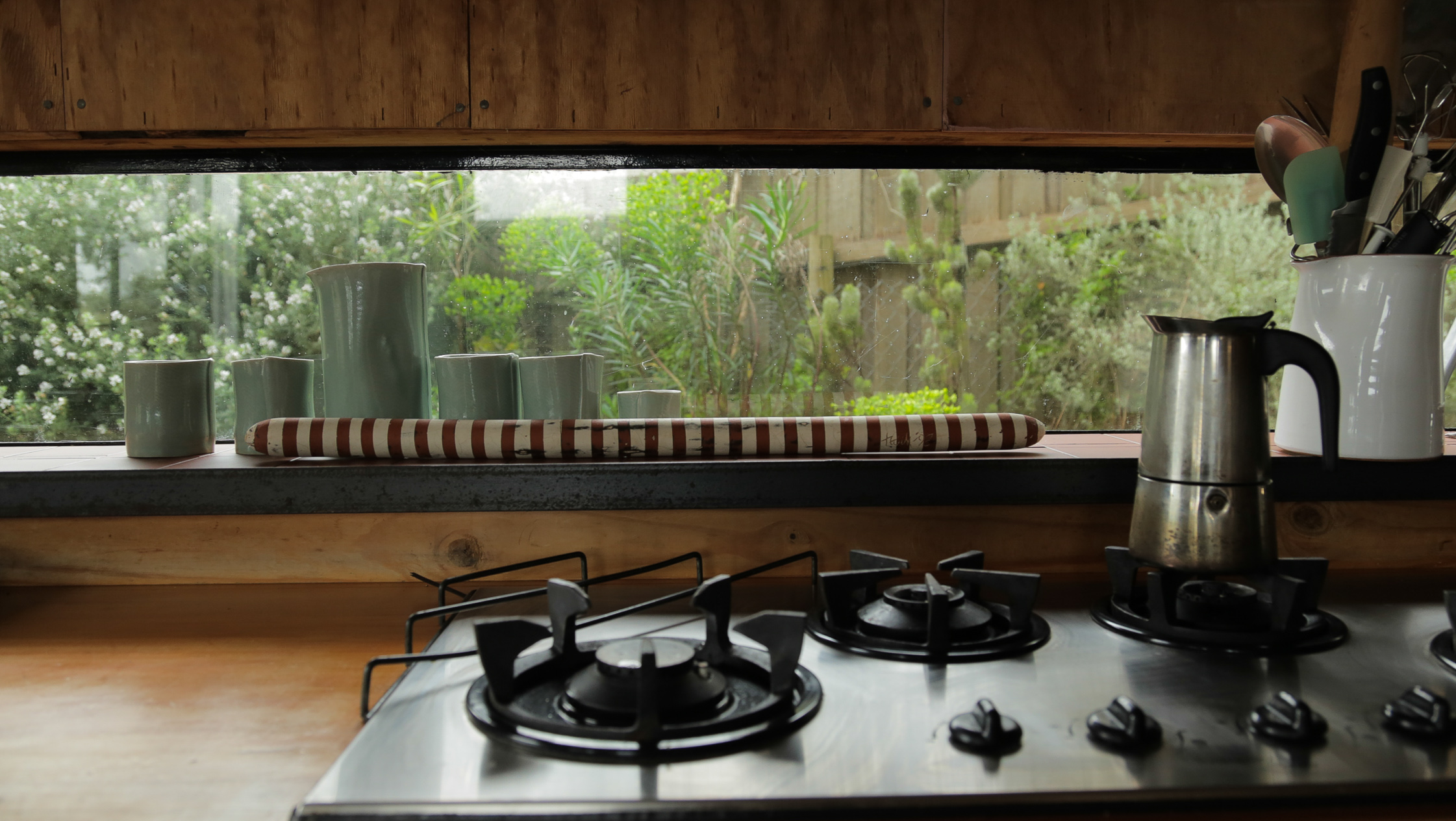
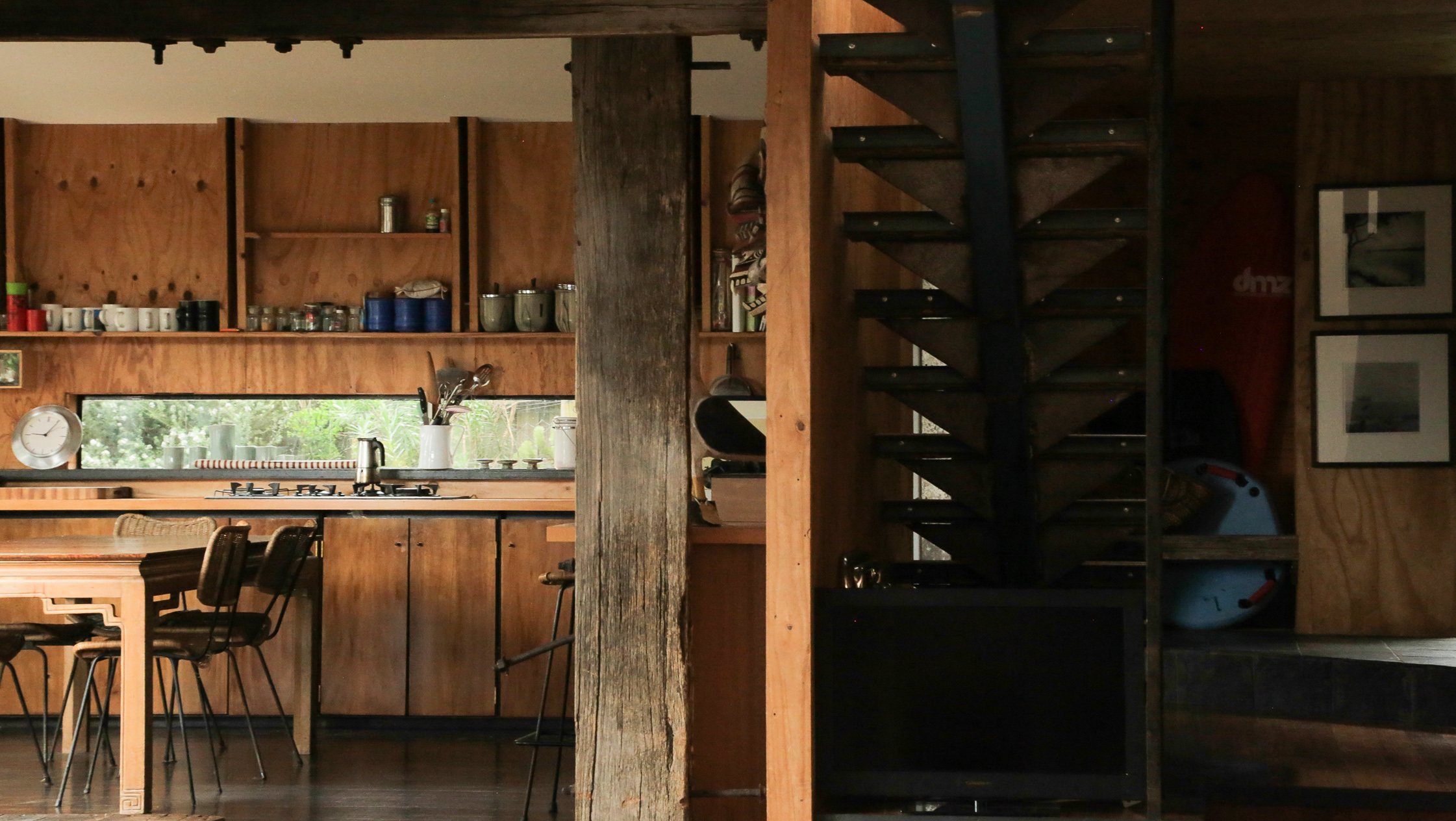
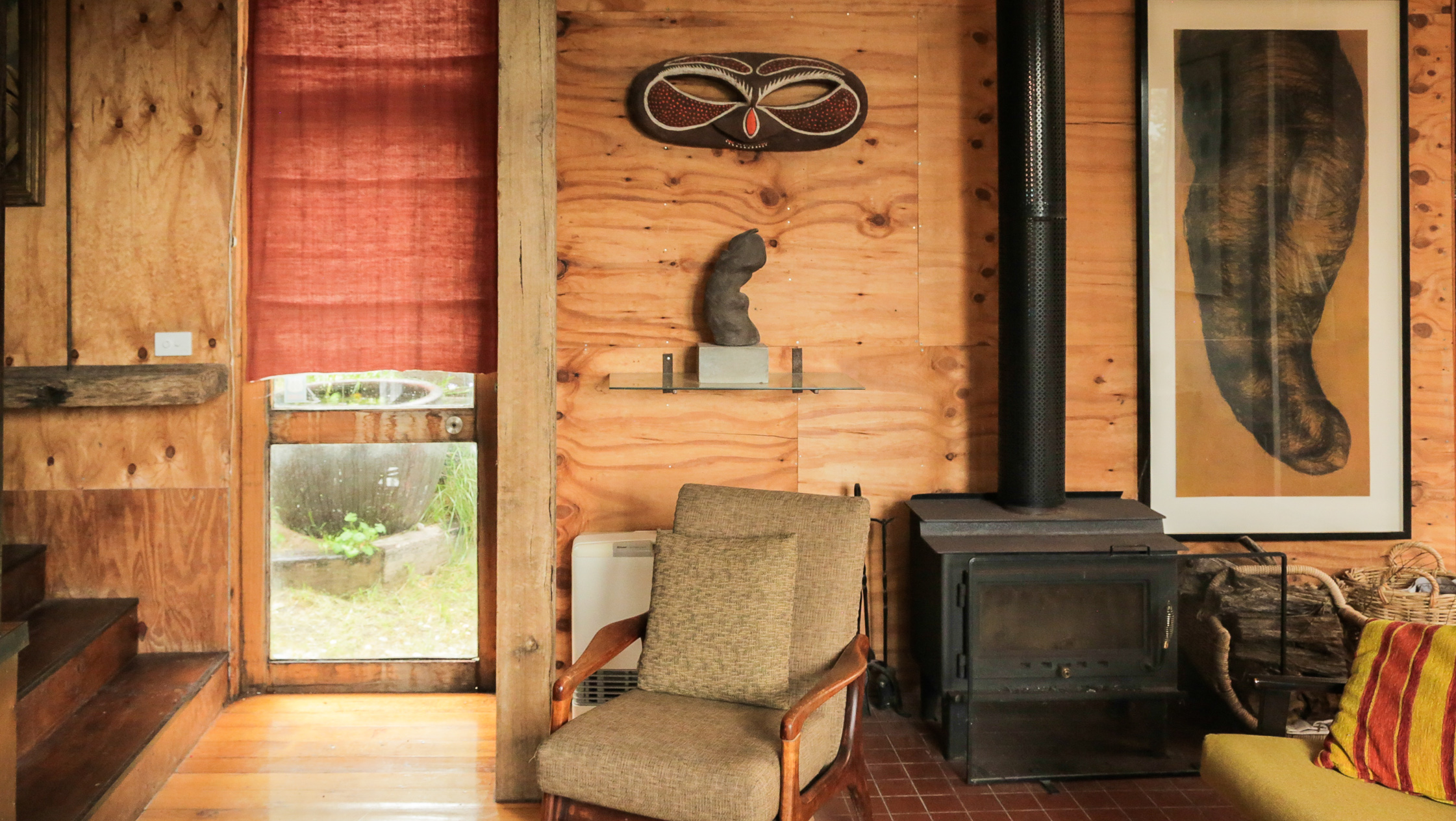
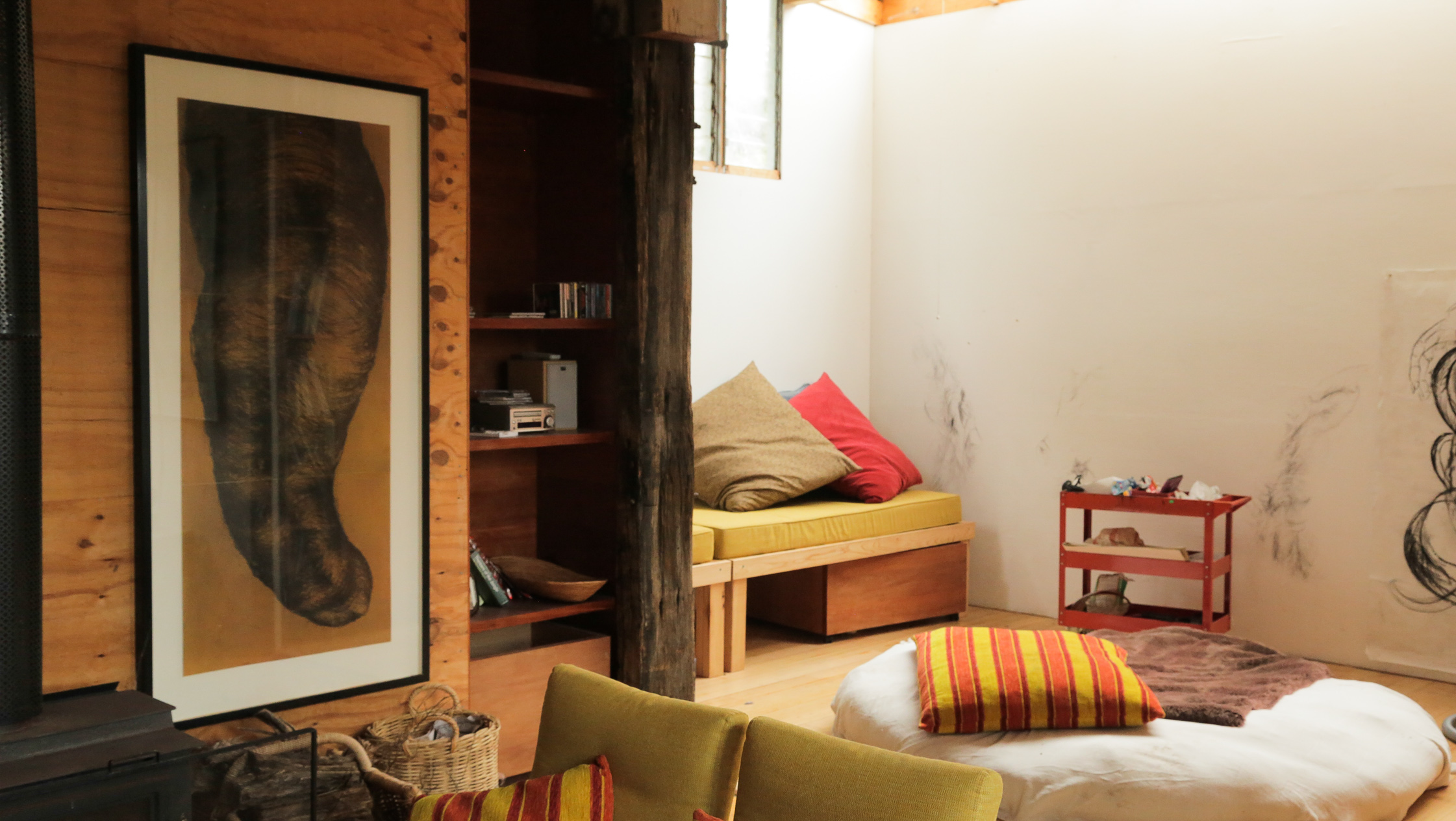
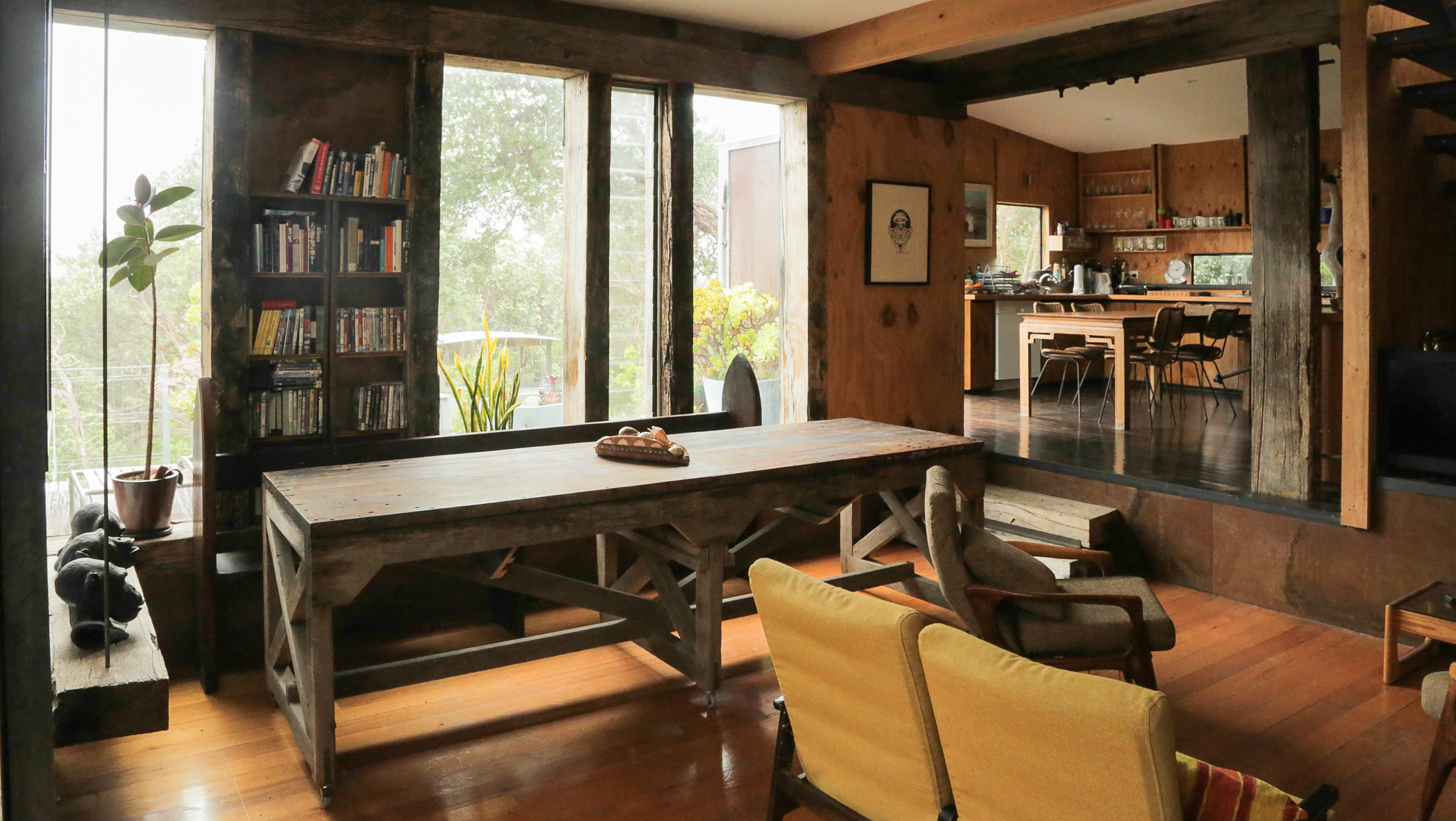
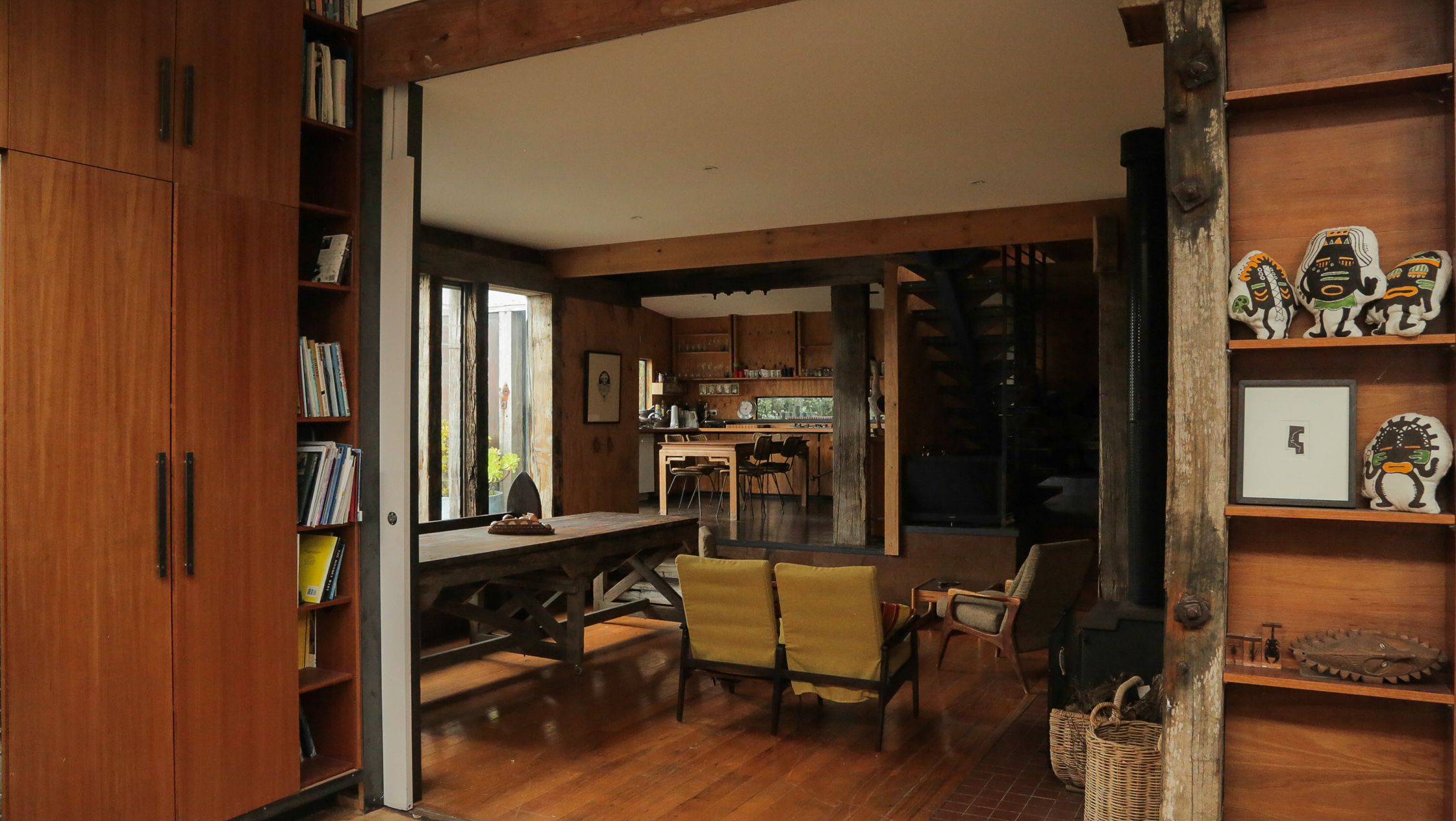
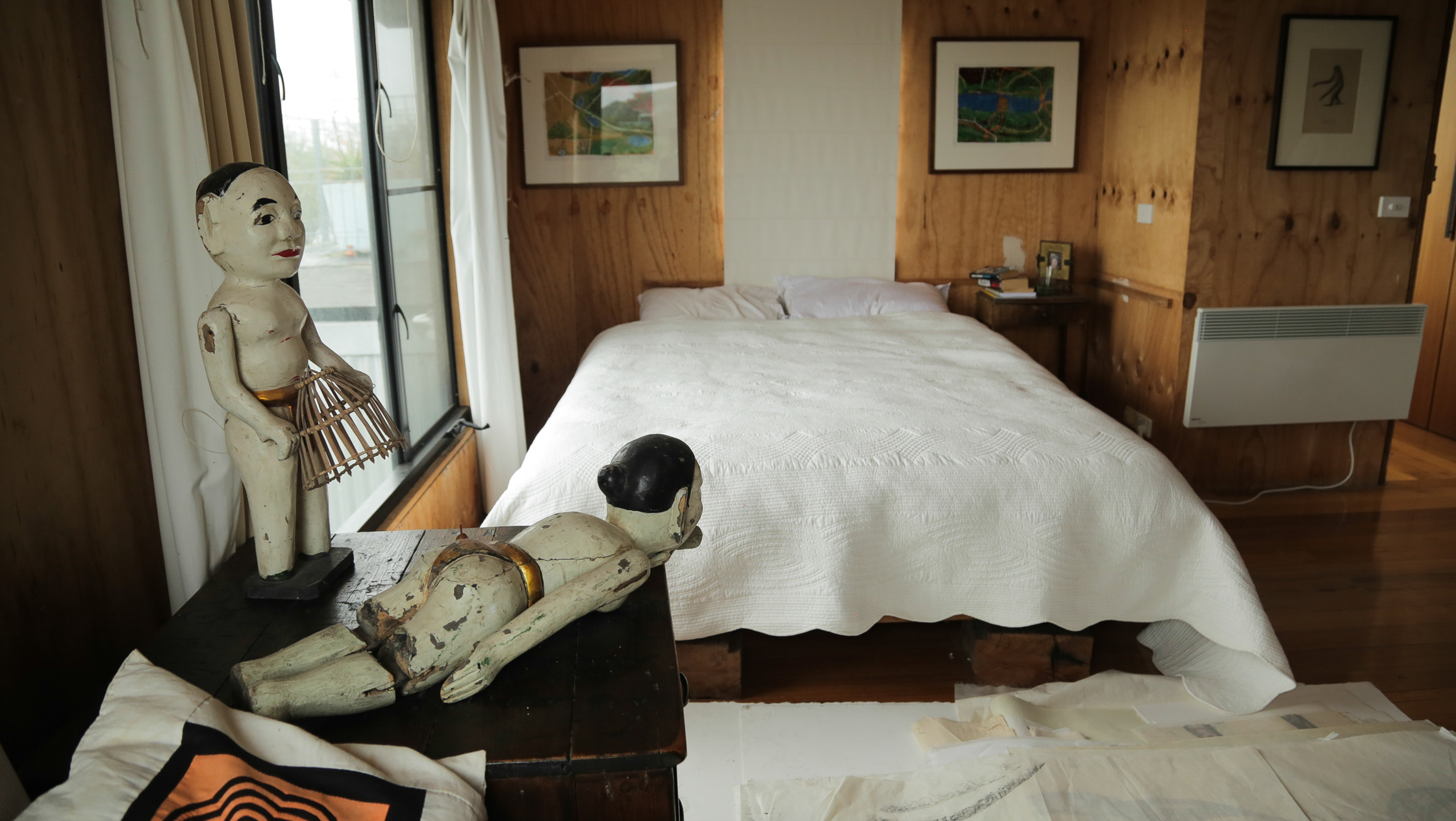
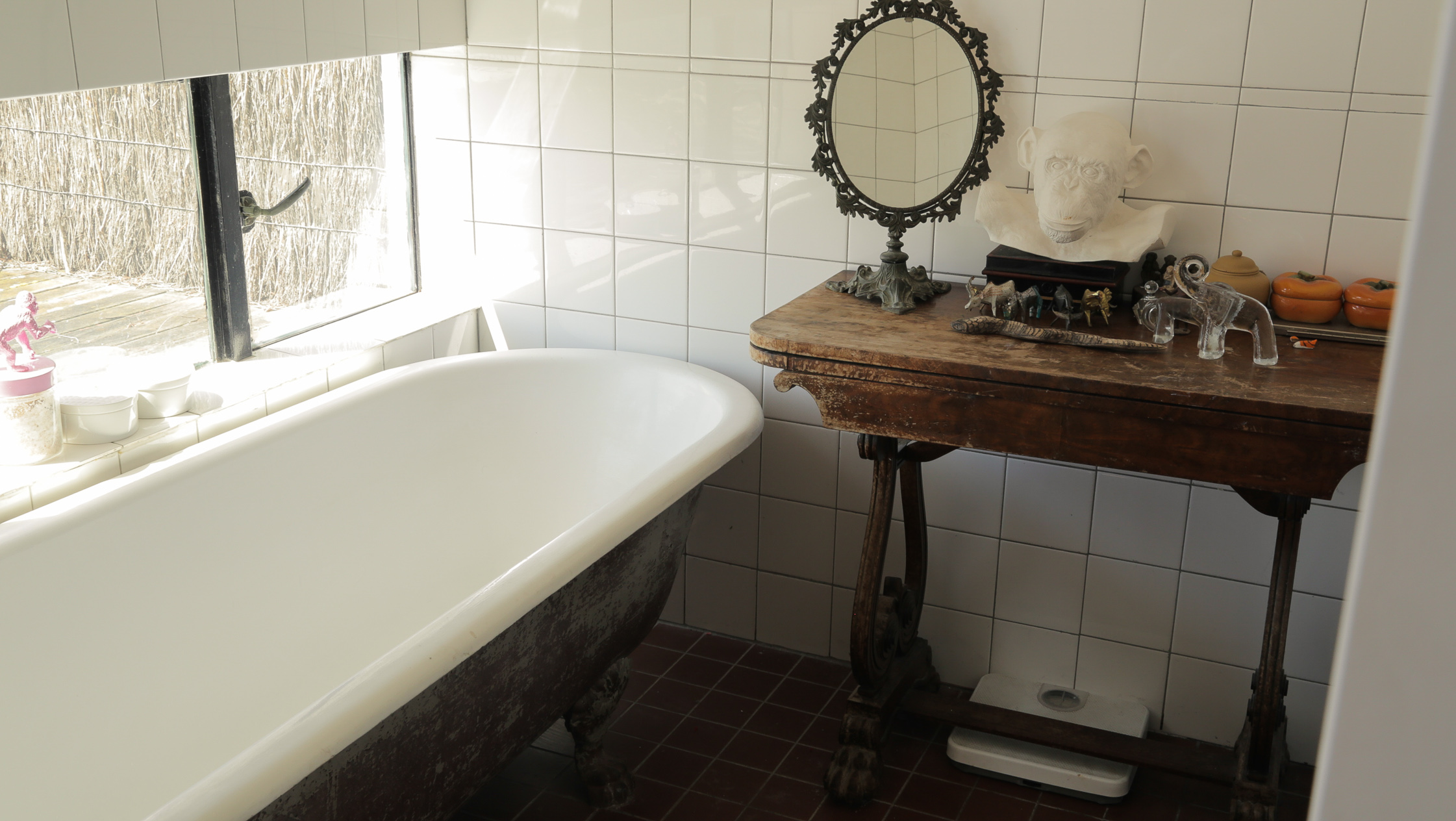
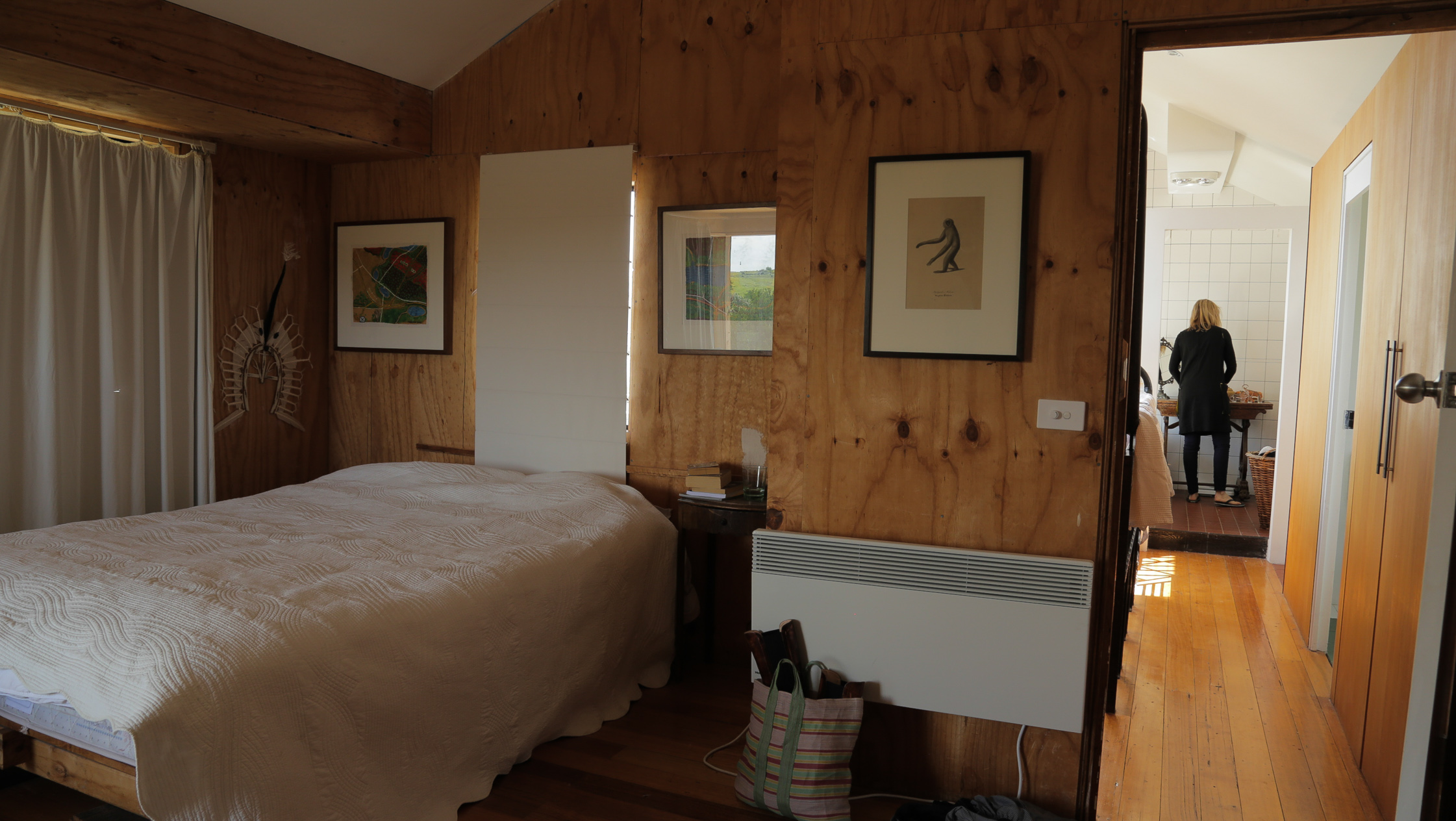
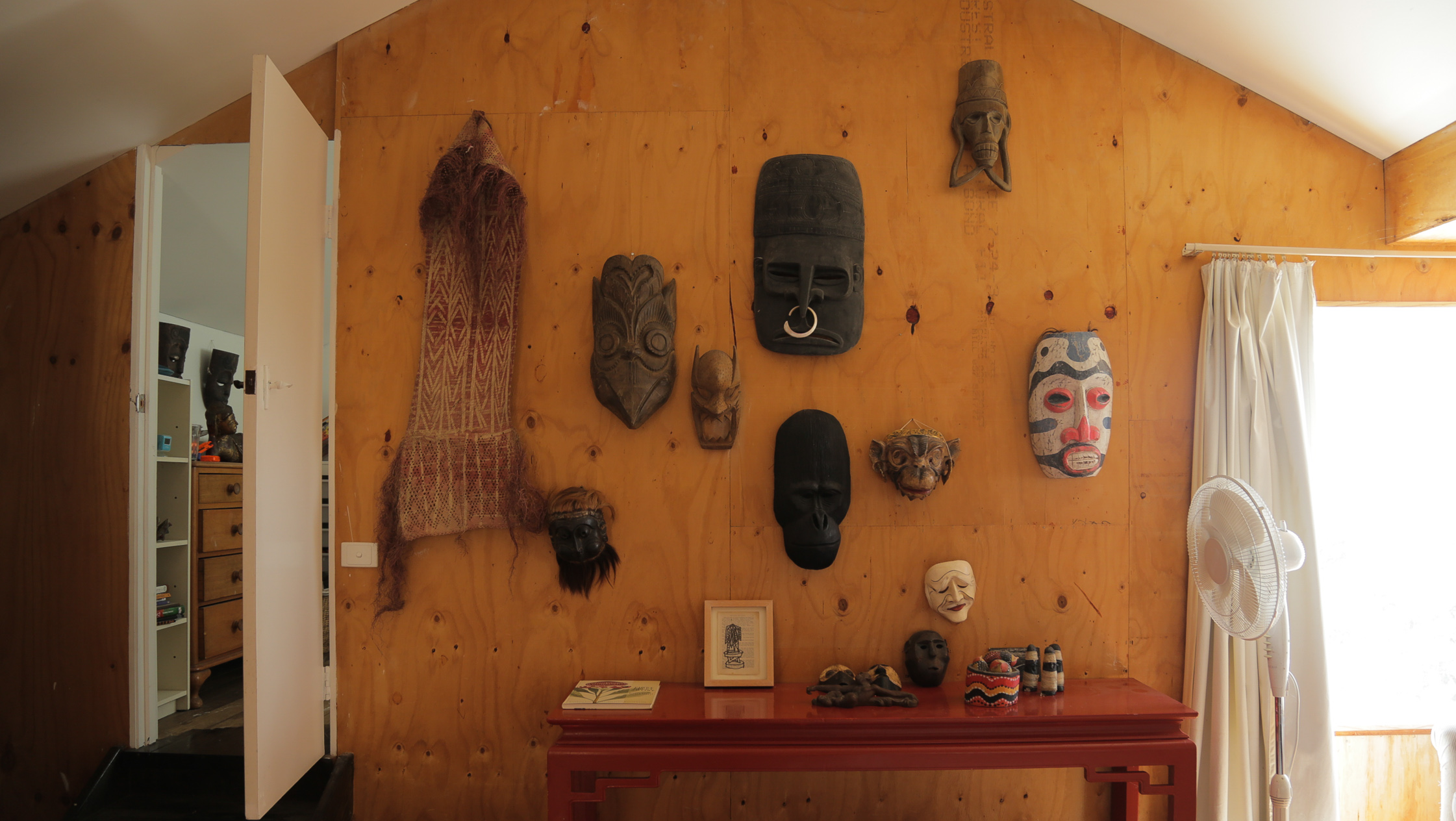
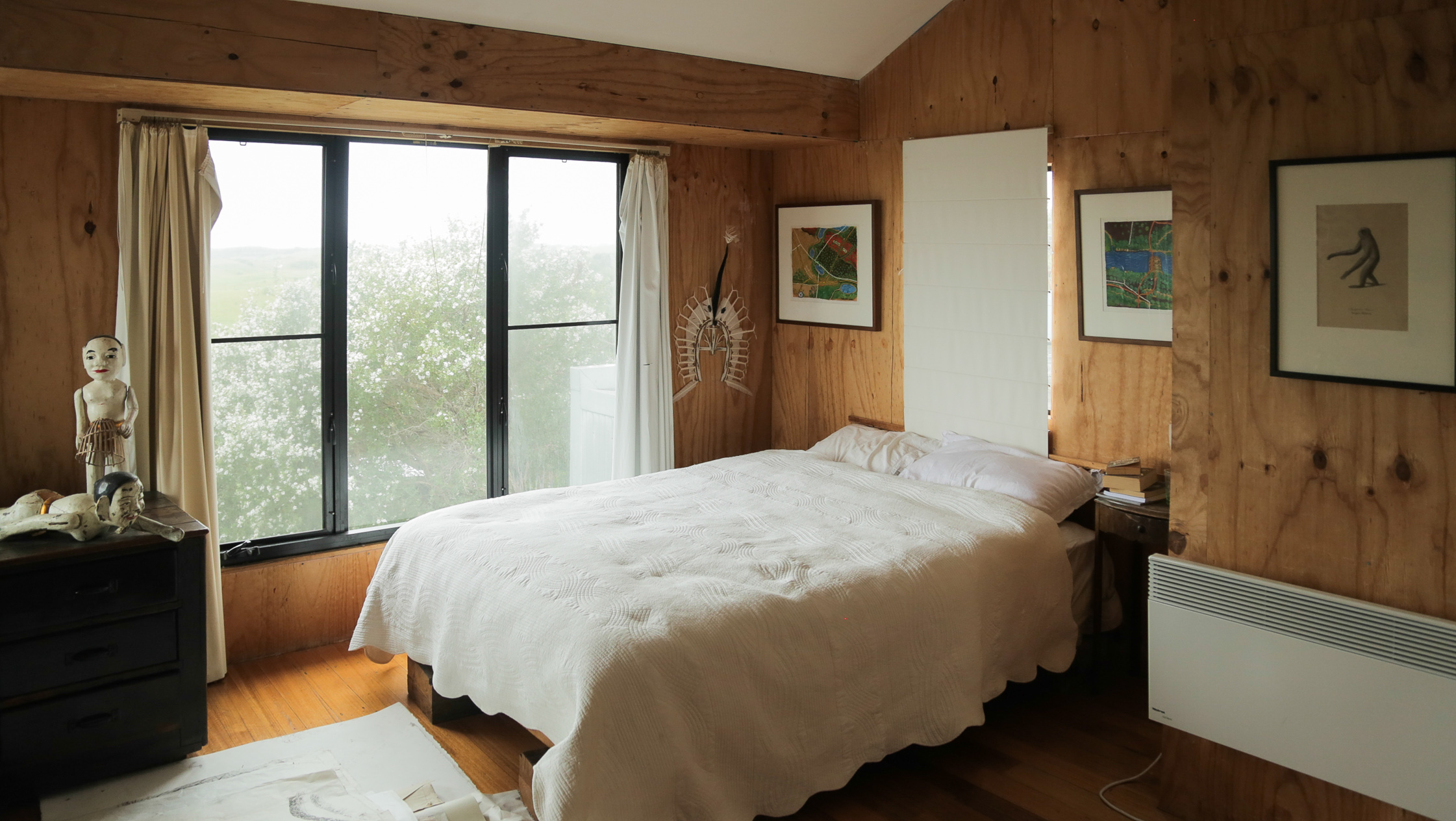
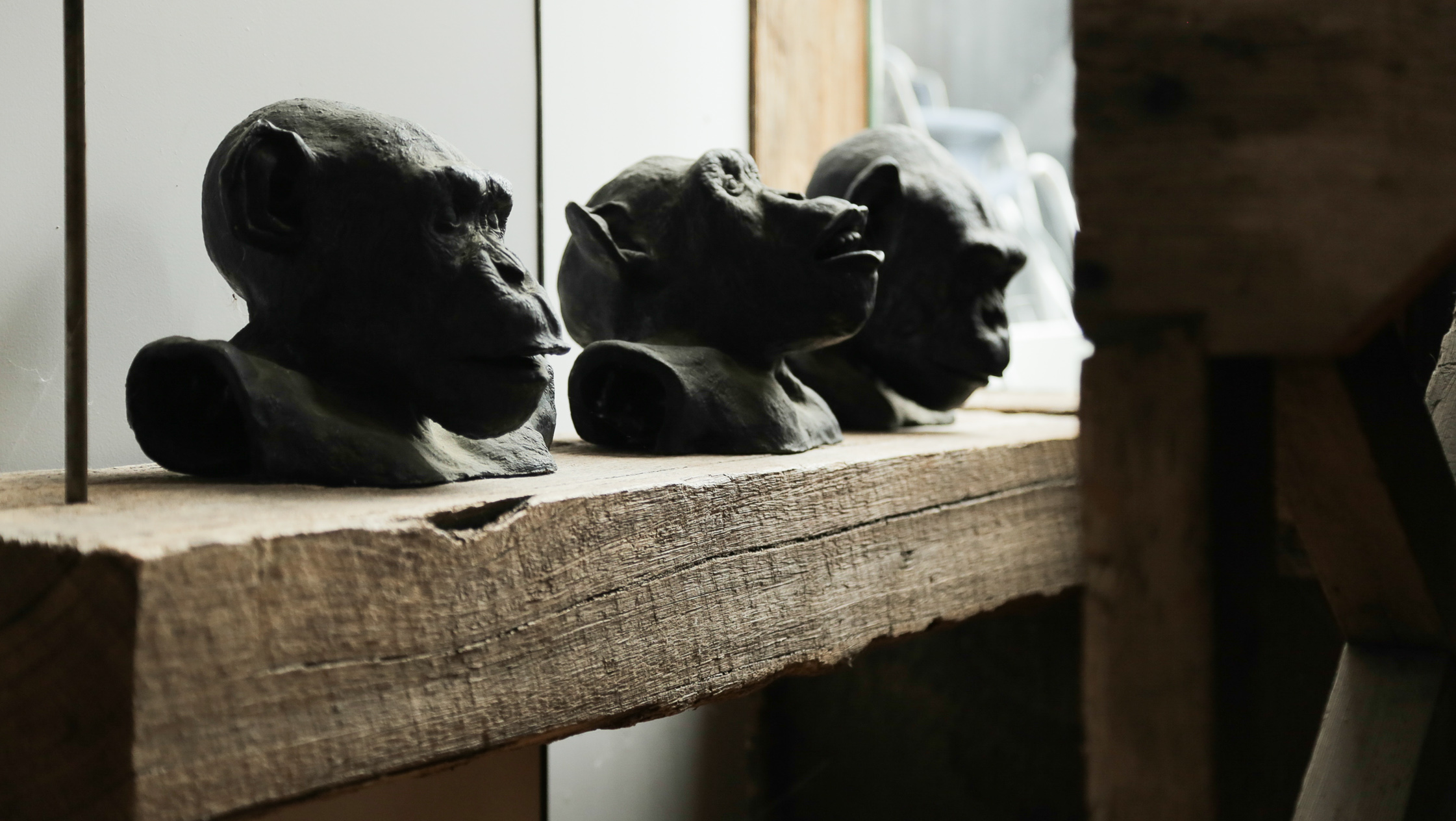
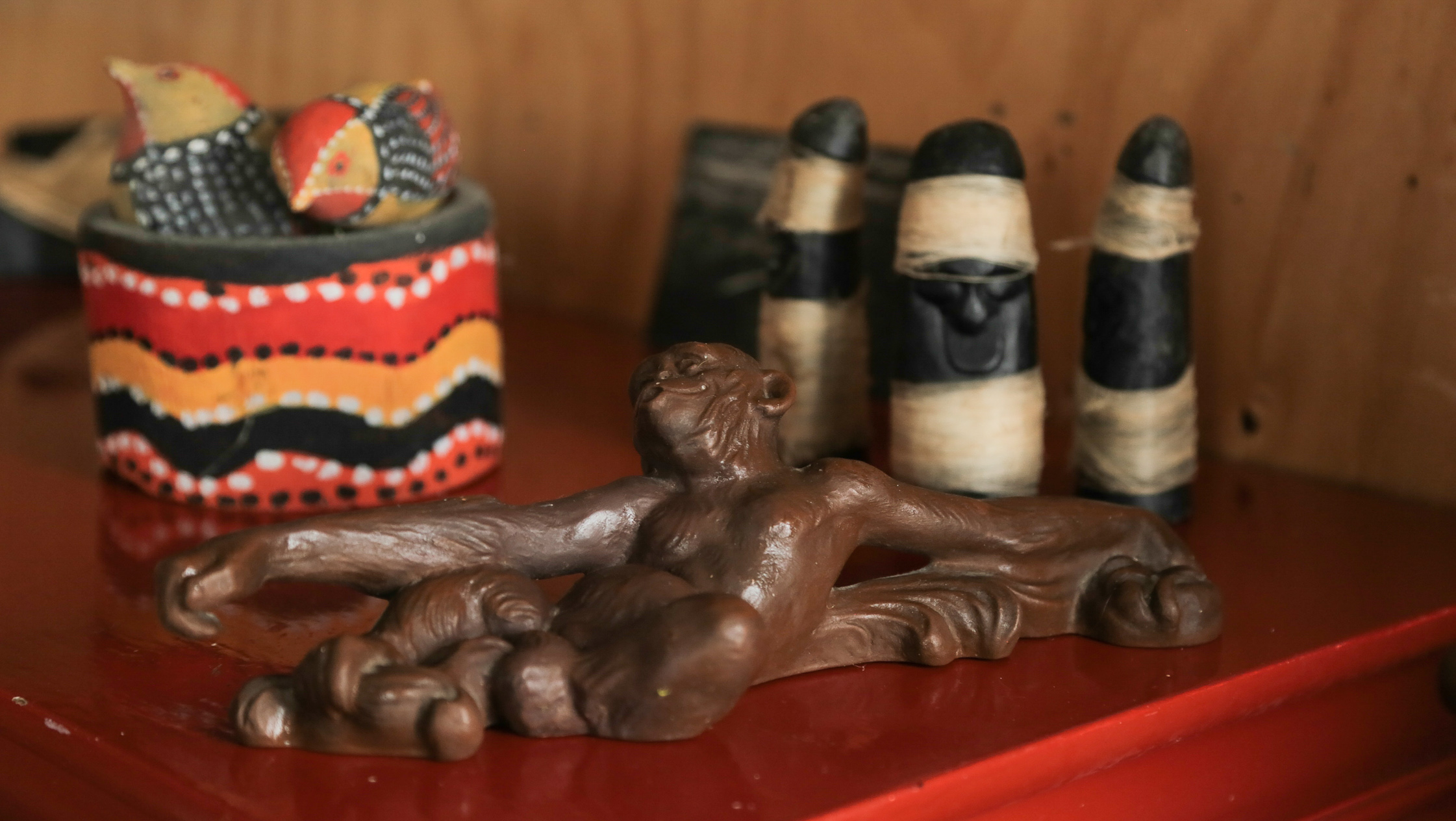
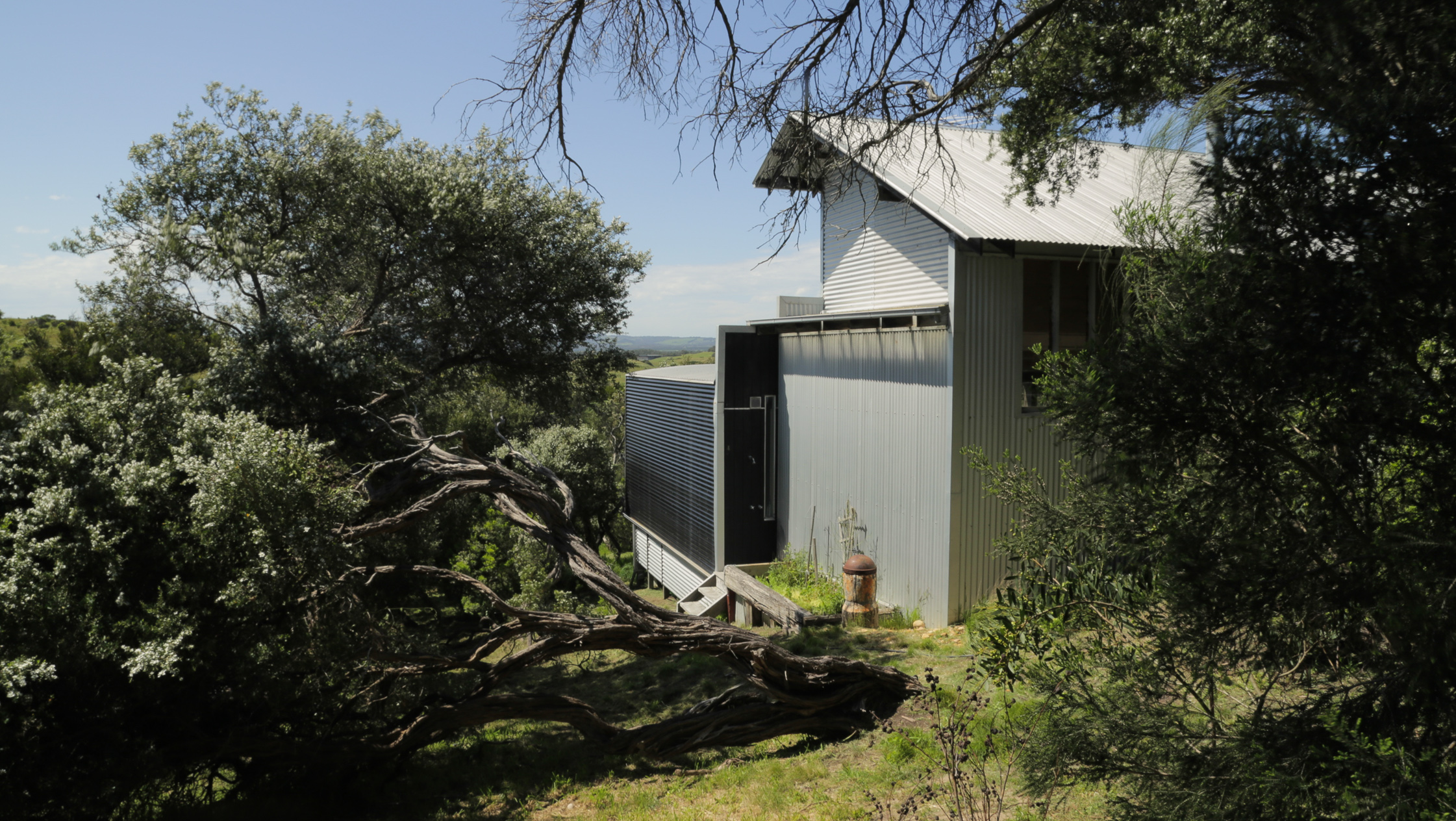
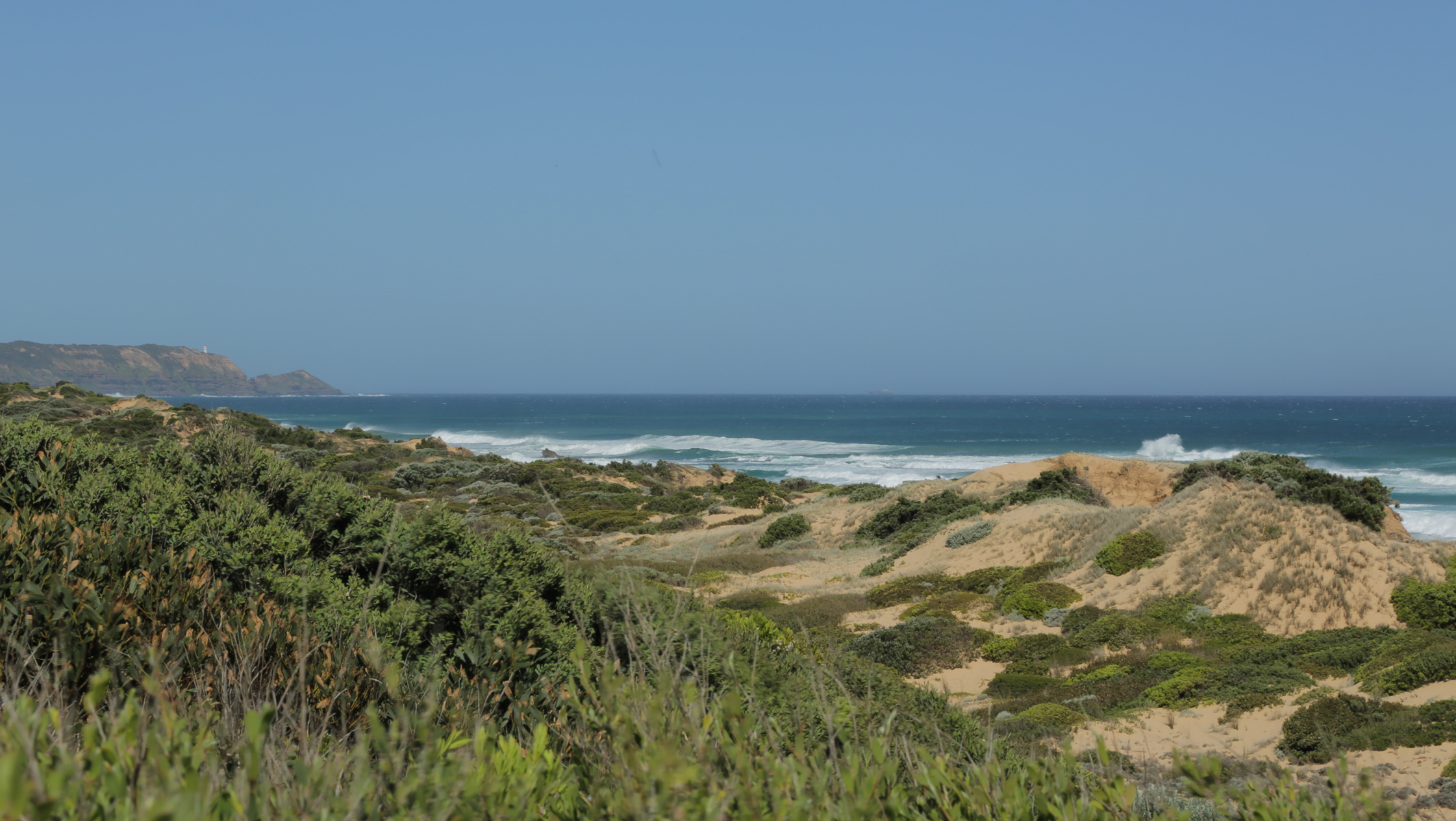
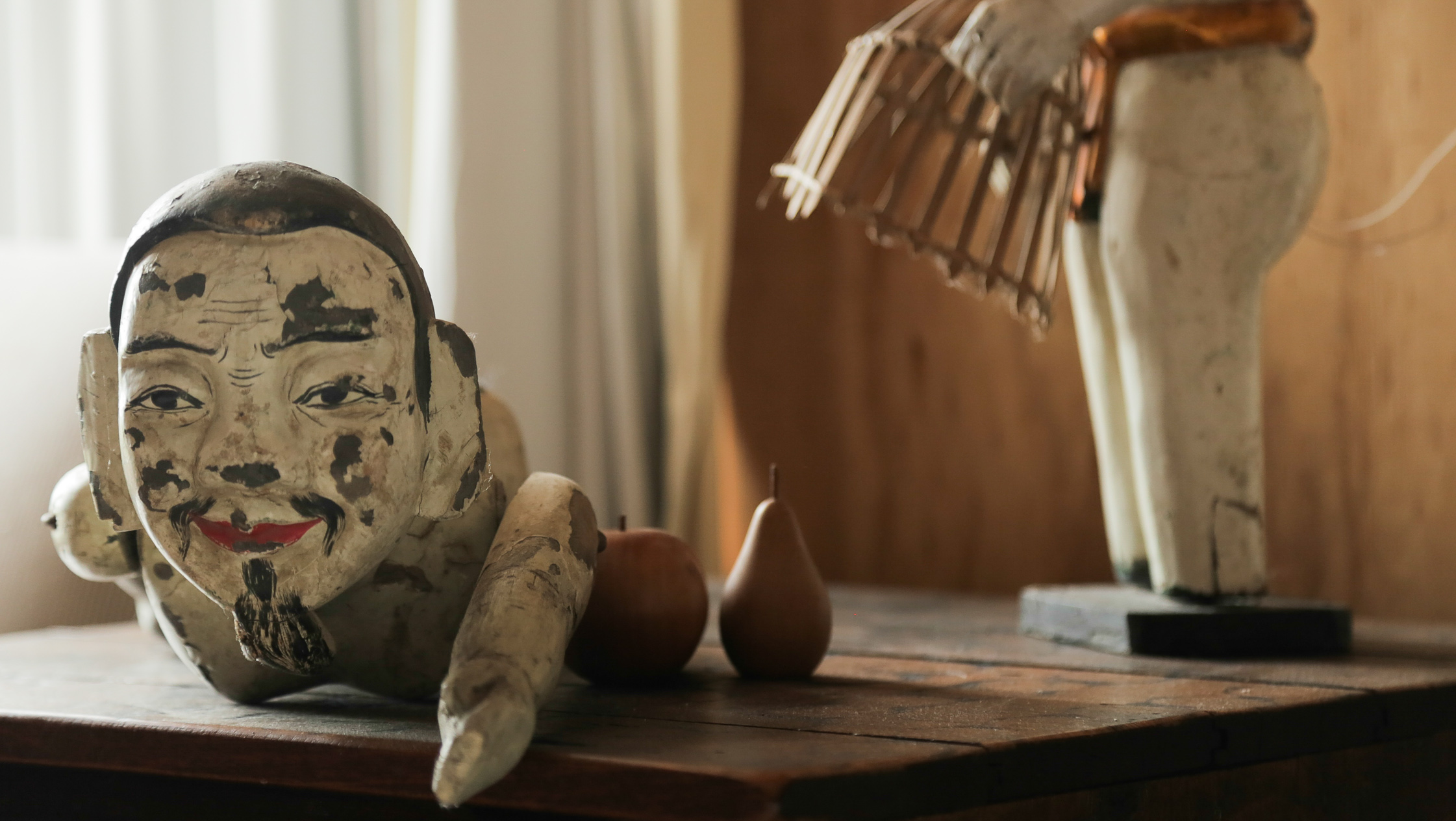
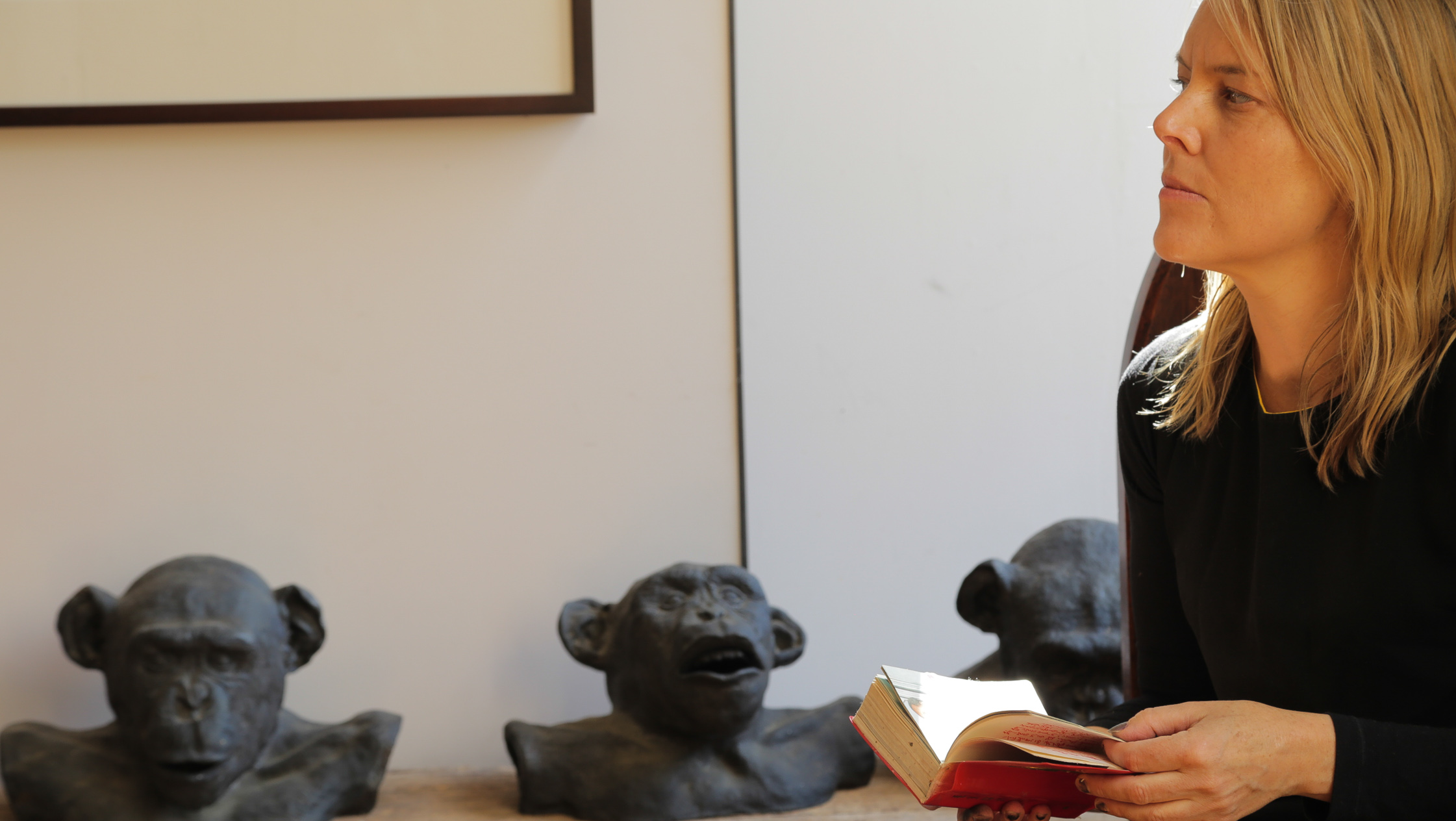
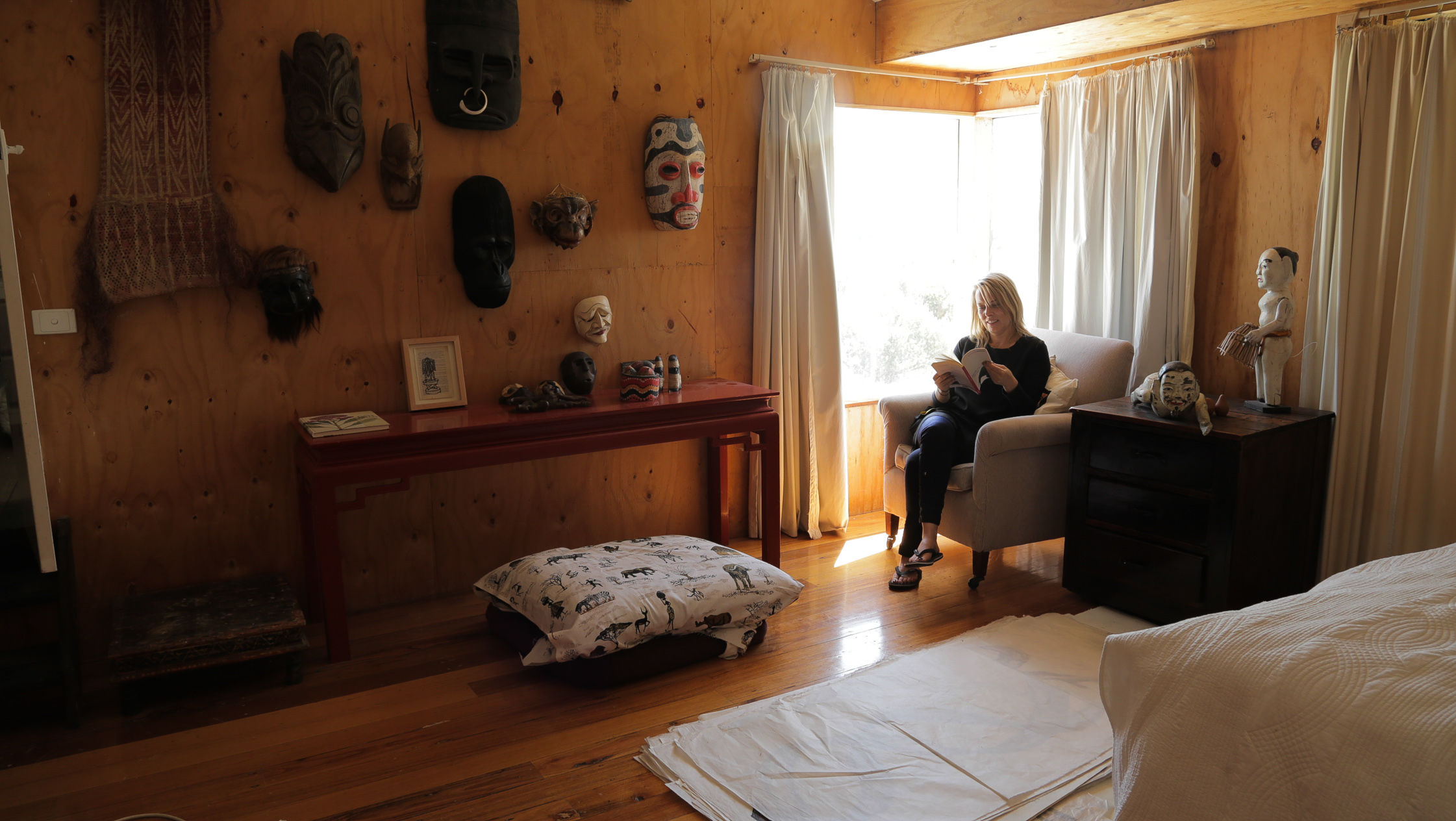
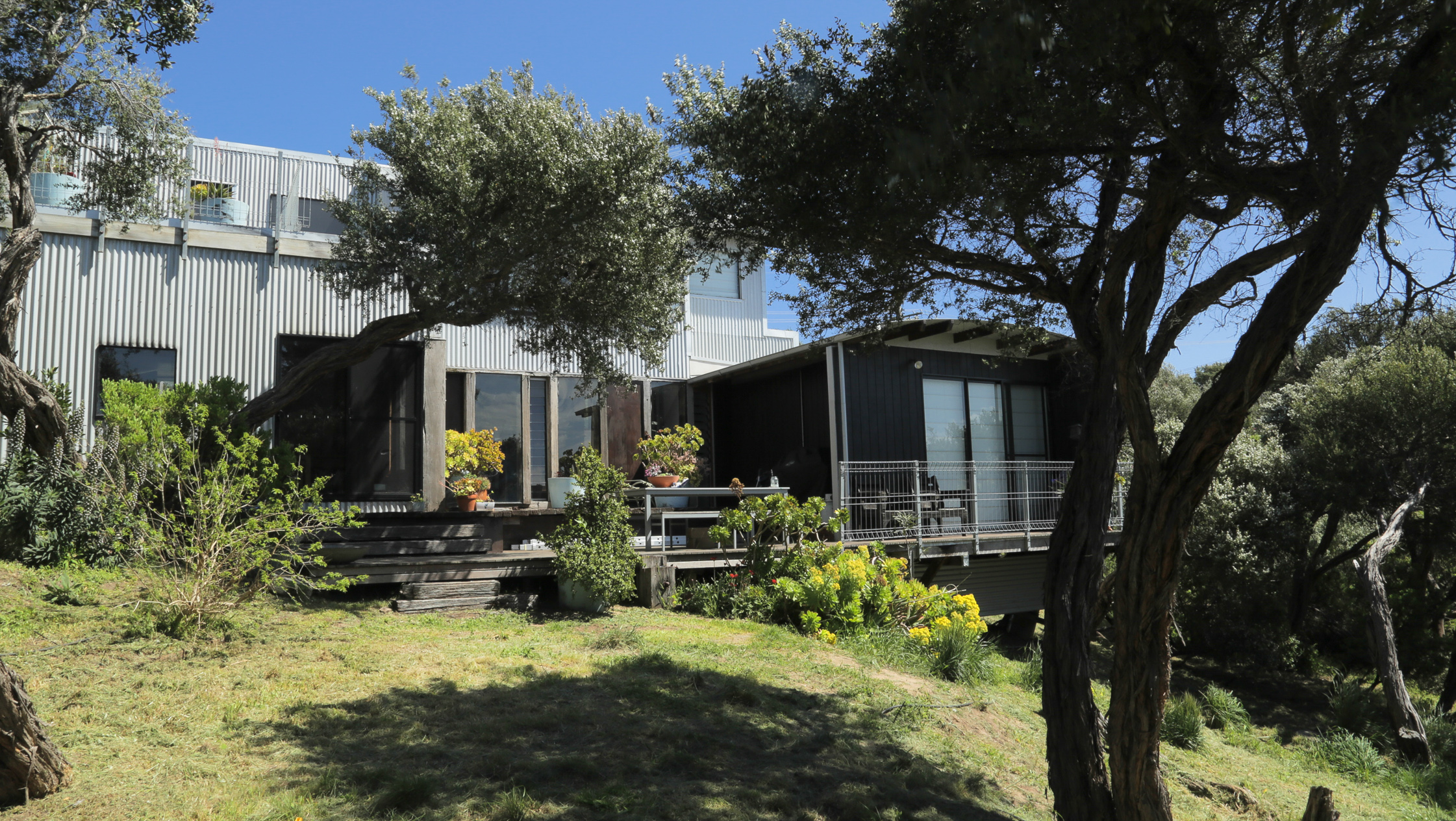
Have you always lived in Melbourne?
I was born in Melbourne but spent approximately ten years on and off in Europe throughout the 80s and 90s.
Your beach house by the sea situated 100 kilometers outside of Melbourne has a distinct character that fits into its surrounds so well, who was the architect?
I bought the block of land in 1992 and built the house and studio a year later. I worked with a friend of mine who had just finished his architecture degree and we designed the house together. His name is Donald Gallagher. He has built some fantastic buildings since. The idea was to work the levels around the land and sand dunes surrounding the house. In the dunes opposite the house are some of the biggest Aboriginal Middens in South Eastern Australia so we didn’t want to disturb any of these precious sites.
Can you tell me a little bit about why your house in Rye by the beach is so special to you?
I had lived in Berlin from 1988 until 1992 and returned for several years to buy this land and build the combined house and studio. I then returned to Berlin again in 1995. The thing I missed about Australia the most was the coast and this particular coast which I had spent time around as a child. My grandparents actually originally owned the land I eventually bought, so when I returned I looked there first for land to build on. I can hear the waves hitting the shore and at night the stars are incredible.
The dunes at the back of my house are amazing to walk through and to see the middens dotted along the shore reminds me of the depth of cultural history in Australia. Midden are Aboriginal feeding sites where piles of shells, hundreds of years old still remain.
It is very quiet here, could you see yourself living here full-time?
At one point I was living between Europe and Rye, spending summers in Europe and summer In Rye. No winter was great! With production of my work demanding me to be in the city I only can realistically spend part of the year here and on weekends.
Do you have a favorite possession here that you couldn’t part with?
Yes, a 19th century door knocker showing a chimpanzee in the shape of a god-like sistine chapel ceiling figure. A friend gave me this in Berlin. I love it and it goes where I go. I received it when I first started making my work about that centers on the topic of primates in the late 80s.
There are a range of artworks on display in your interior, do you use this space as a work space for your practice?
I mainly draw here. My studio in Melbourne doesn’t have a good wall for drawing. I collect masks from places I travel to and have them around the place. There are also a few of my own works, mainly older pieces.
Upon reflection, do you think as a child you were always creatively inclined and destined to become an artist?
I do remember and still have the first ceramic sculpture I made when I was four and the sense of pride that I felt in making it. I thought it was really realistic. I wasn’t particularly good at making art as a kid but I was exposed to it by my mother and father. My father was obsessed with the work of Francis Bacon which from an early age I was looking at and reading about. I wanted to be a scientist but did badly in physics so didn’t get into it at university level. I had an art teacher in high school who pushed me into the arts.
You have been exhibiting since the 90s and have had a strong preoccupation with exploring the relationship and connection between primates and humans, a perhaps confronting topic for some people. Can you discuss how this area of exploration began to take shape for you?
I was always interested in animal behavior, animal language, and apes as a child and wanted to study zoology after leaving school. Instead I studied fine arts! I first started working with the image of the ape as a way of looking at mankind while the wall was coming down in Berlin. I had travelled through the Soviet Union and was interested in the differences between socialism and democracy and how this shaped its people.
I started watching the interaction between West and East Germans. I was drawing in zoos in both East and West Berlin and noticed some fundamental differences in the way the apes were kept in their enclosures. By drawing the ape it was a way of projecting the humanity around me. I think also because my German language was limited at that time I was focused on body language as a way of helping me to understand my own environment. This I think made me more focused on studying and understanding the body language of the apes and how they communicated with each other and with their keepers. I was also interested in the characters that were at the zoo, day in day out with me. A woman who thought she was in love with and having relationships with the gorillas, and a man who would show porn to one particular chimp every Friday at 10am on the dot for years!
For those not familiar with your work, from sculpture, to drawing, photography and film, can you explain the basis of your work. The most iconic for me would be your large scale bronze sculptures.
I work with many mediums according to the project I’m working on. At present for example I’m working with a team of scientists who are researching gorilla hearts and how they function in relation to a human heart. I have taken MRI and Echo Cardiogram footage of a gorilla’s heartbeat and footage of my own heart beat, which will beat side by side and projected sliding down a wall – a sort of King Kong thing! One of my fantasies.
The bronzes of large ape digits came from my time in Berlin where I was watching the body language of the chimps in the West Berlin zoo. They touch each other a lot to communicate as humans do. I also did a couple of residencies at an ape language research centre in Atlanta where they teach chimps to use sign language and a keyboard lexigram system to communicate with humans. The use of the finger when you start isolating it is fascinating. I also like how it looks when it’s separated from the hand and enlarged almost to become humanlike. The city of Bruges in Belgium bought one of my bronze digits for one of their sculpture parks and some art students vandalized it, painting it pink so it looked like a penis. It was quite a humorous response. At the moment I am making a four meter bronze index chimp finger for a university collection in Melbourne. It should be a good beacon.
Do you feel being in Berlin was a pivotal time for you as you shifted into adulthood?
I was in Berlin for five years all together at an incredible time in history. I had an email recently from a German friend of mine whom I spent most of my time with. She studied film at Babelsberg. She was lamenting those times. It was incredible. I had a studio in a senate building in Potsdamer Platz on the fringe of no mans land. It was near Hitler’s bunker and someone broke in and opened a techno club inside. It lasted about a week before it was closed down. I was at the Kunsthaus Tacheles in its first week.
There was so much to discover. I bought incredible socialist posters and memorabilia from soviet soldiers still stationed in Berlin. I was 21. It was such an important time in shaping my work. I felt that the hard conceptualism which began to take over in Berlin really fascinating. I wanted to try and create work which was cerebral and looked at my interest in science and anthropology but also suited how I felt about being Australian.
Any memorable escapades?
Once we got a West German mercedes taxi to the wall, crawled through the wall and then got a Trabant taxi to the club Tresor. It was a hole in the ground, after climbing through old Trabant wrecks dumped there. It was intense and fun. We would also sometimes hop in the car and drive to Poland and make films for a couple of days. It was like hitting a time machine and going back 50 years.
Interestingly there seems to be a connection between Melbourne and Berlin, do you see any similarities between the two cities?
I feel a lot of similarities. It could be the weather. Australian music was big when I was there with many of my Australian friends playing in Berlin. It’s hard to know what it is, but a lot of Melbournians are drawn, travel and relocate to Berlin.
Who or what are your main influences in life?
I think being in Berlin at the time definitely influenced my life. I love the documentaries of Werner Herzog. I’m about to face six weeks in bed after heart surgery and I have three box sets to get through.
Working as an artist while being a mother must have its challenges. How have you found your balance?
I haven’t! Work and life continue to collide into one another.
Currently you have been working with a range of fabricators abroad, specifically in Asia. What have you been experimenting with?
I’m working in China at present with several trips planned for Beijing, Hong Kong and also Jakarta next year all going well. I have an assistant in Beijing who I have been working with on some larger projects and also with a marble and stone fabricator. Filmmaker Celeste Geer is making a documentary on this process along with a collaborative project I am working on with Chinese artist Shen Shaomin, supported by ABC and Film Australia.
Outside of art – if this is possible – what else do you enjoy doing?
I love going to the back beach in summer here in Rye. Hitting the rock pools and snorkeling is one my favorite things. I found a new incredible rock pool at the end of last summer right near my house, so I hope to explore this more soon.
Lisa it has been a please to see inside your sanctuary by the beach and hear about your creative career. Find out more about Lisa Roet’s work on her website here. To see Lisa’s work in Melbourne visit Karen Woodbury Gallery.
Photography: Tony Wyzenbeek
Interview & Text: Rachael Watts
